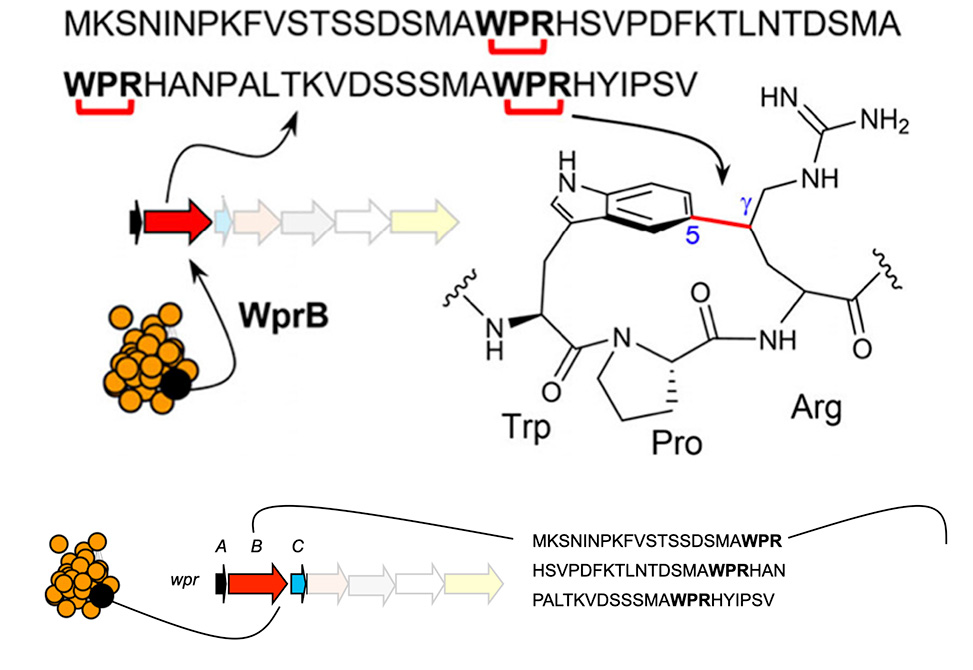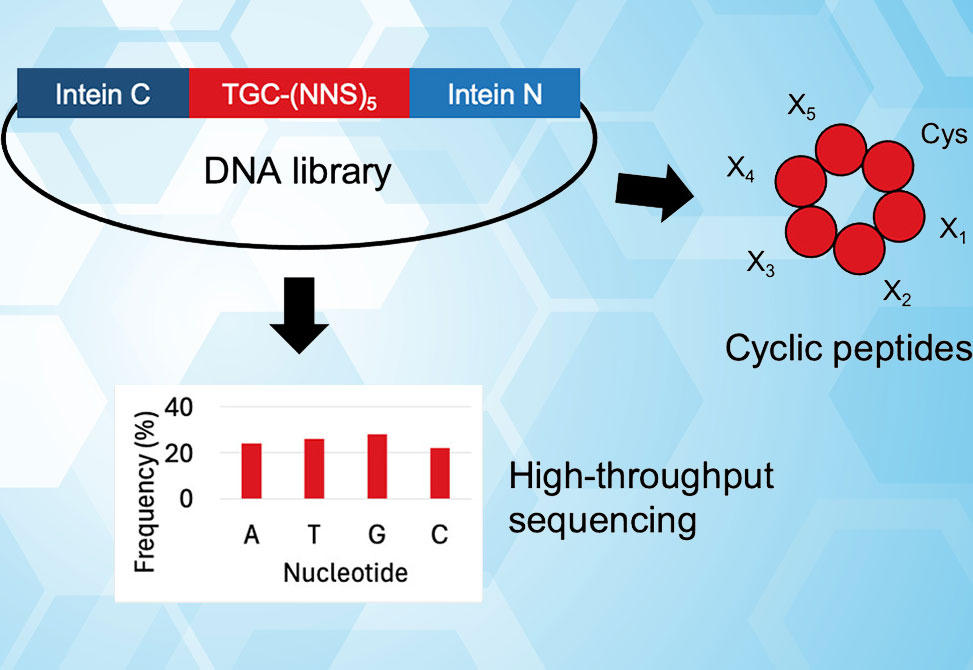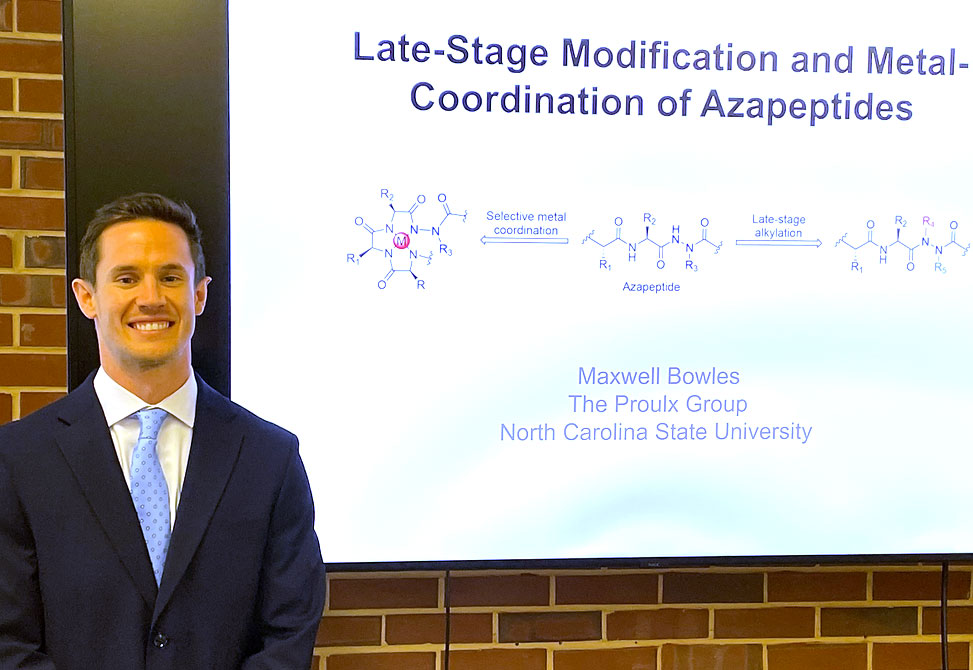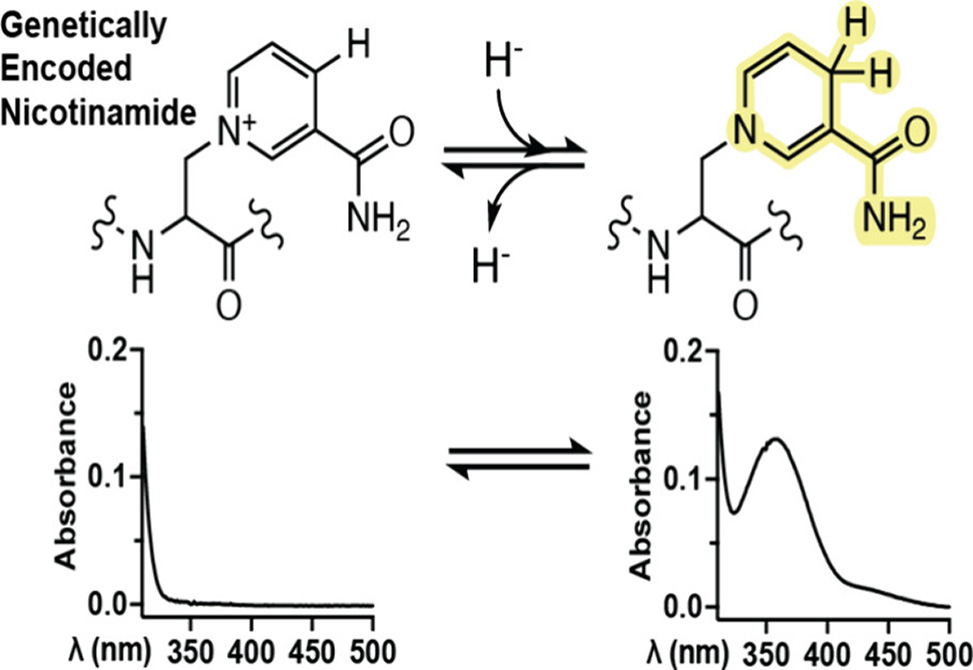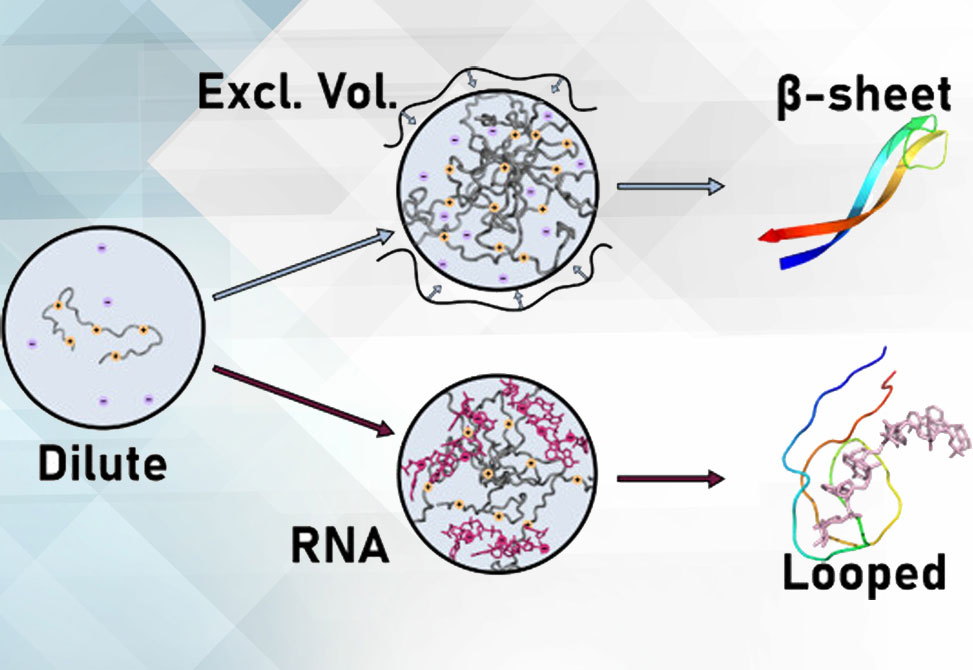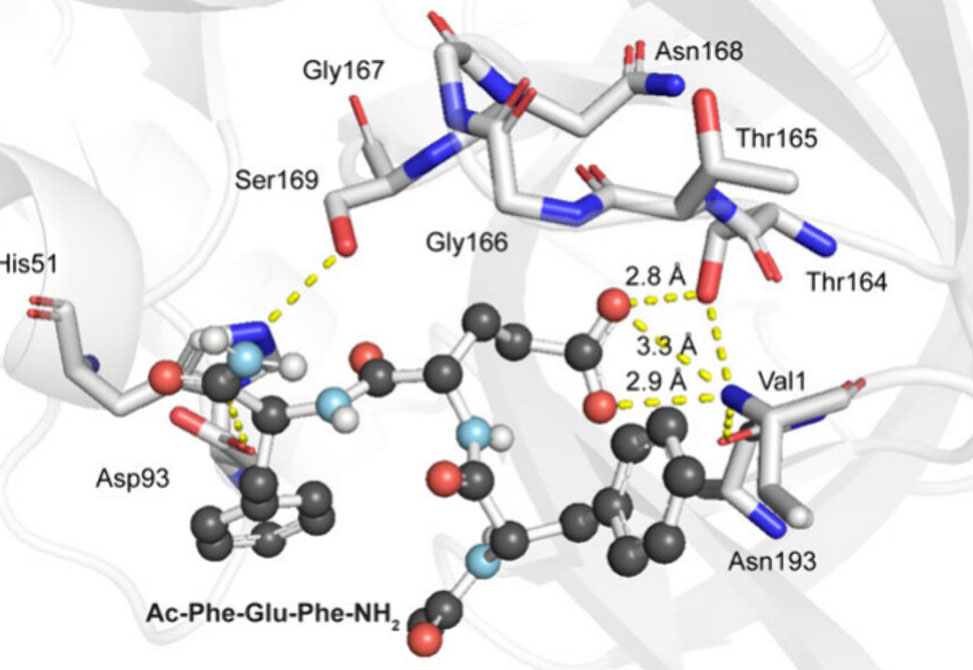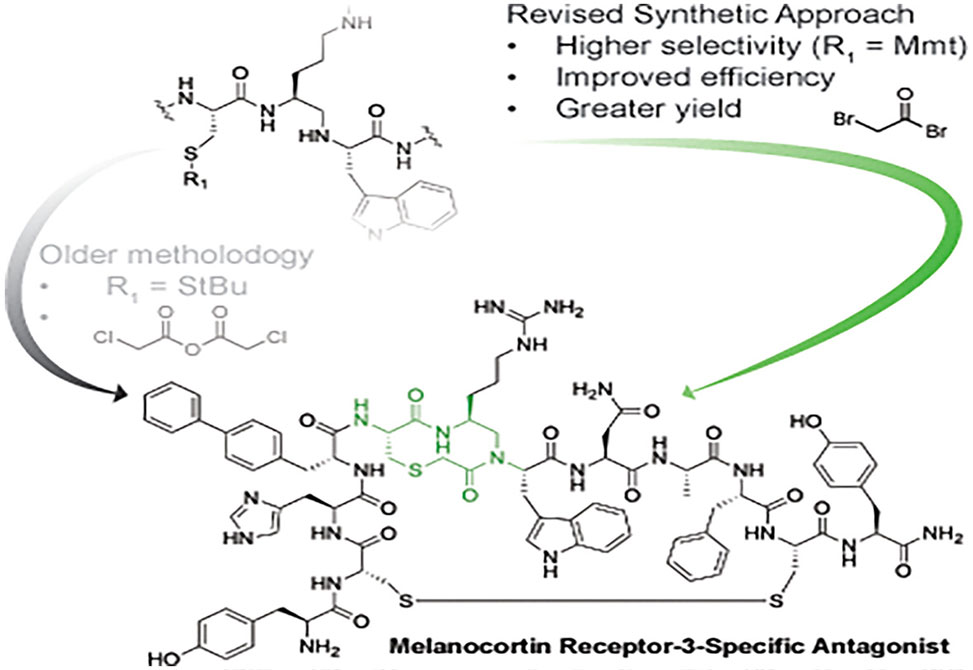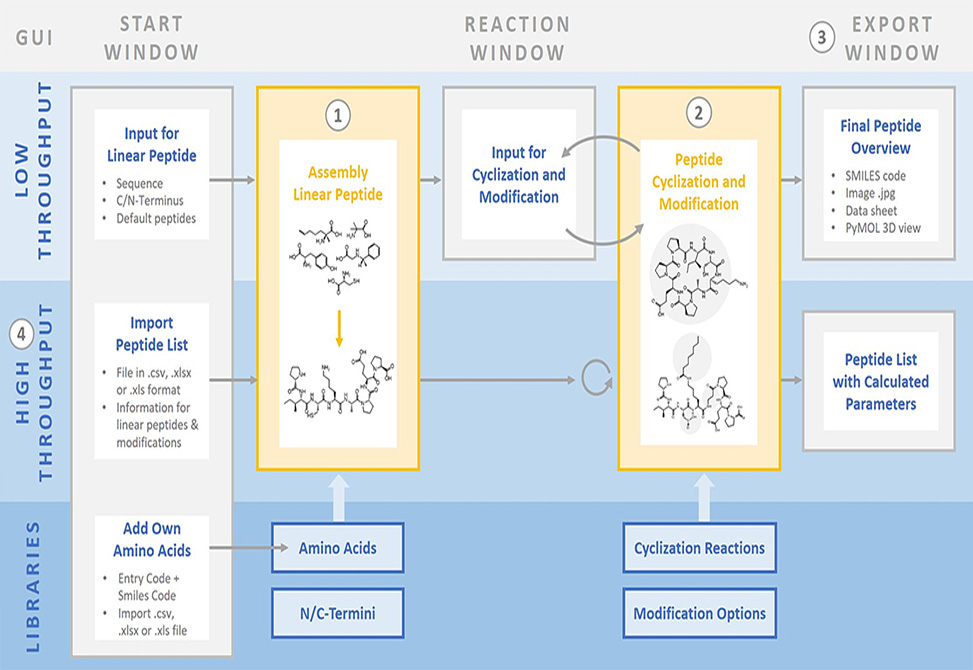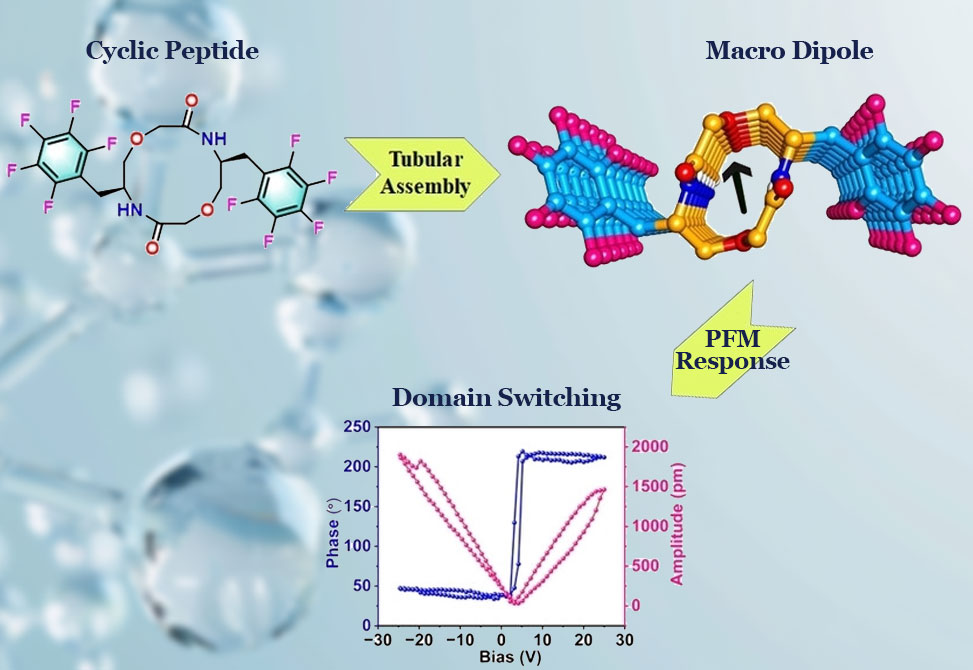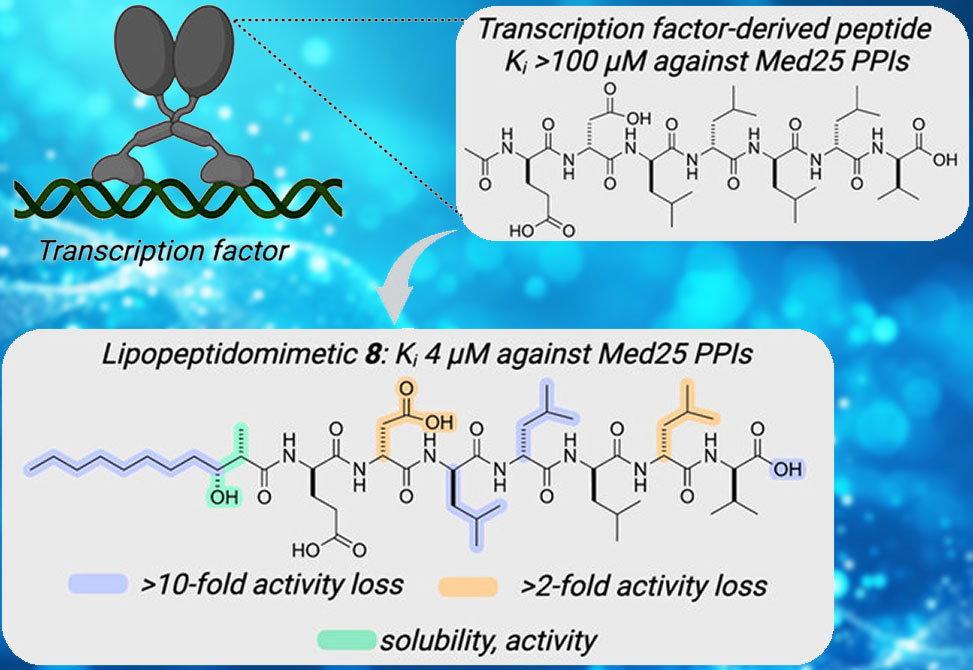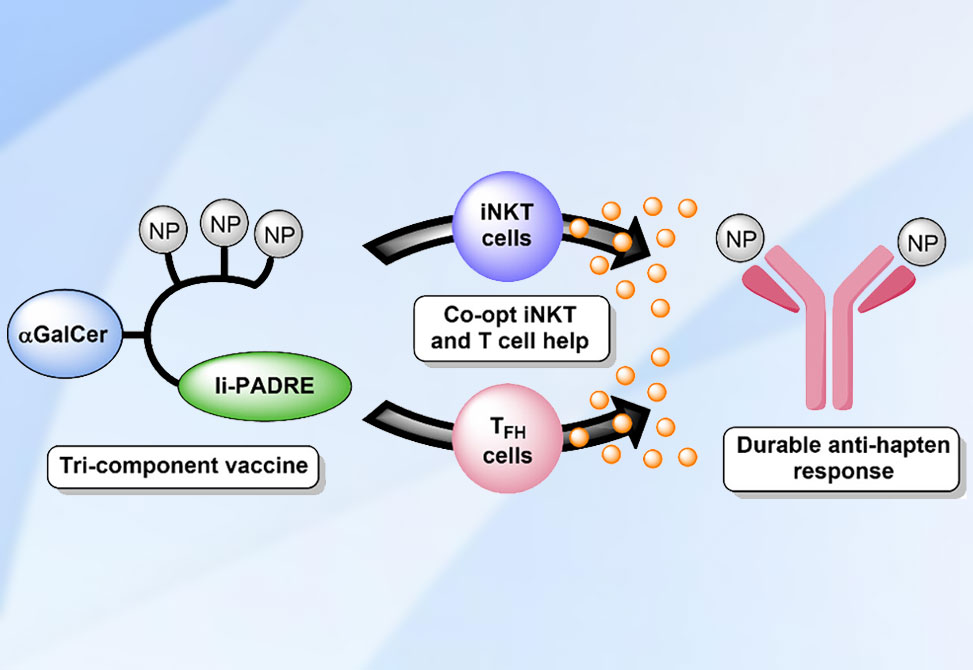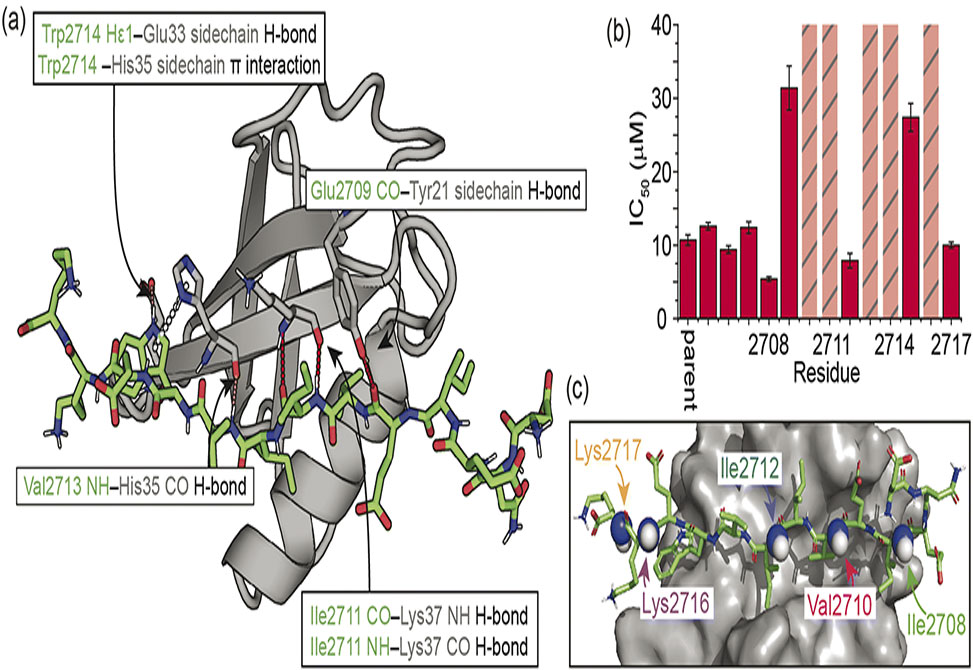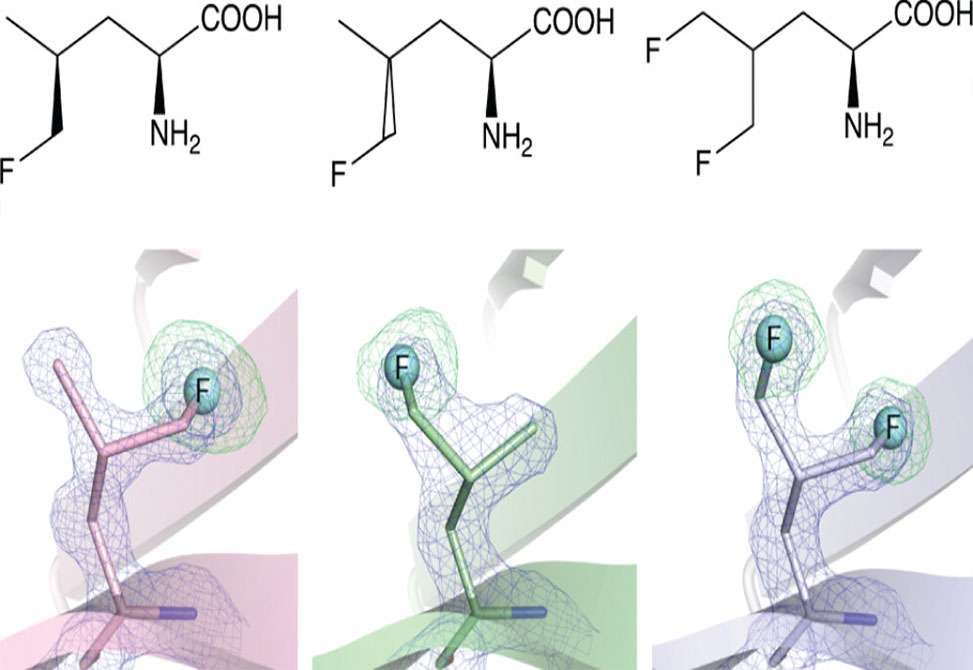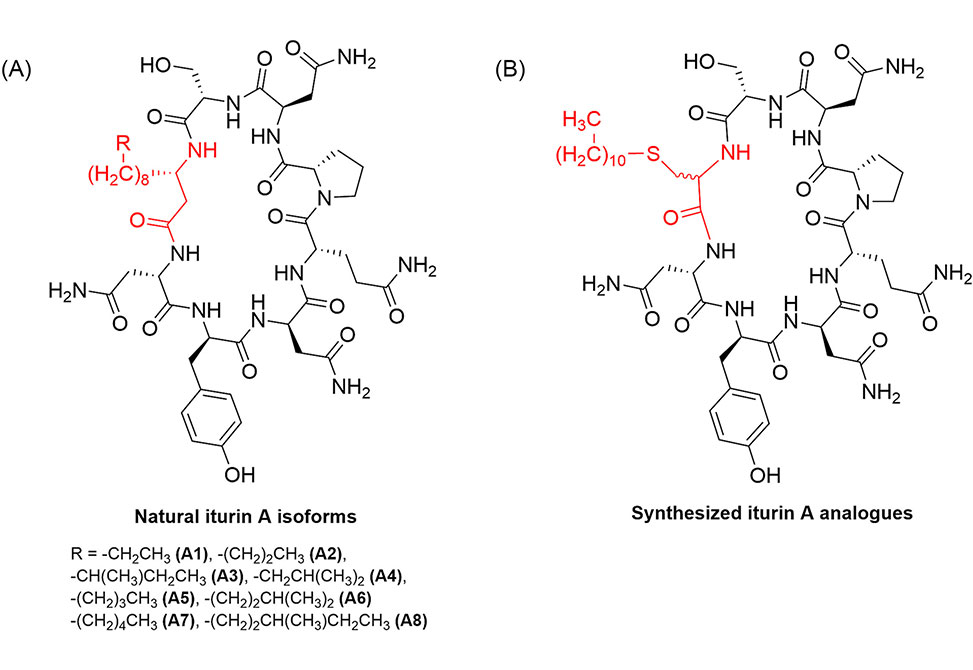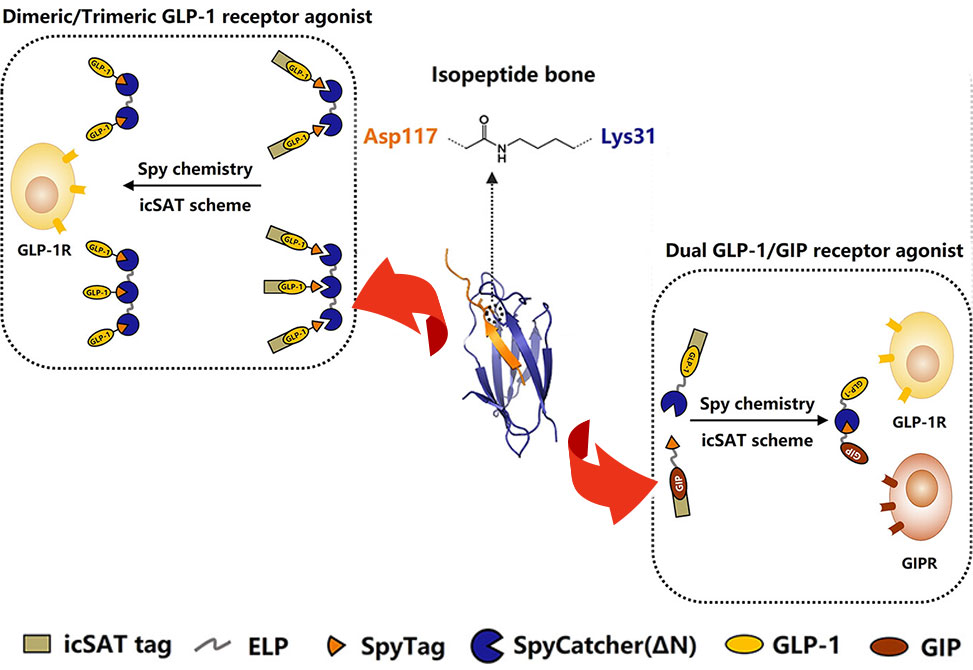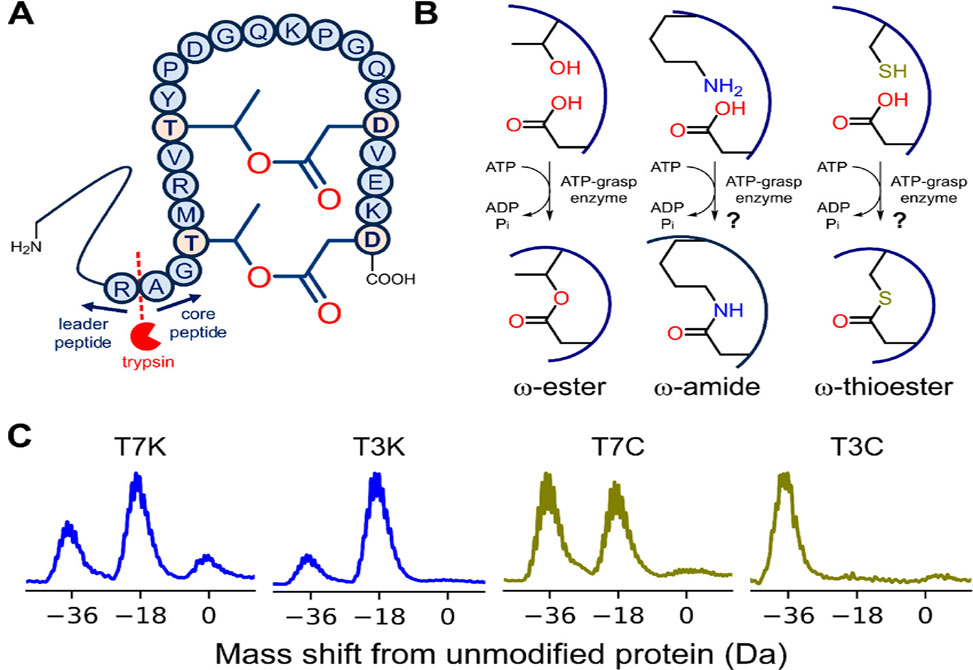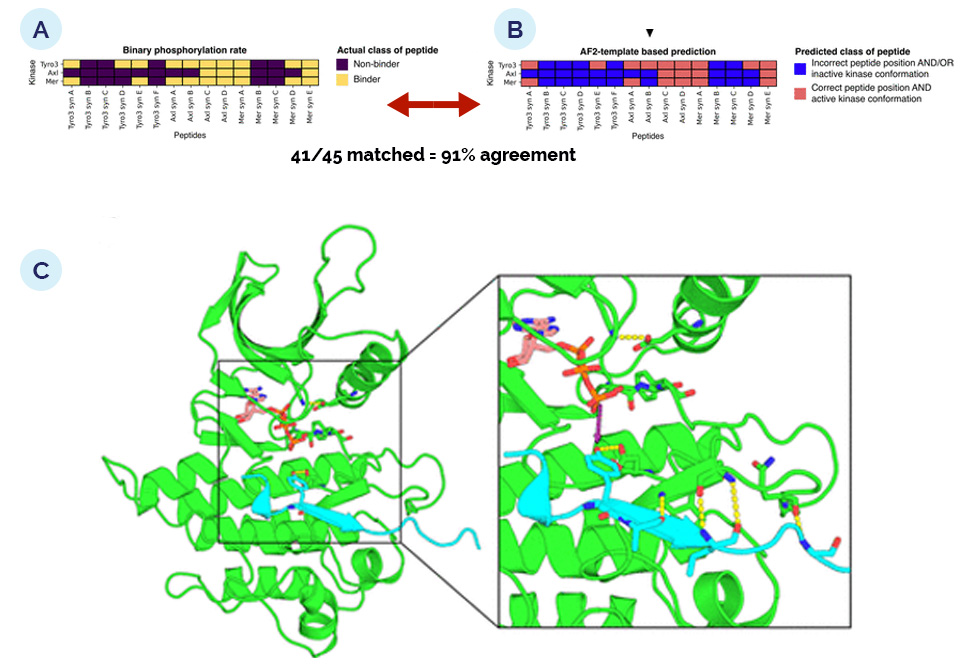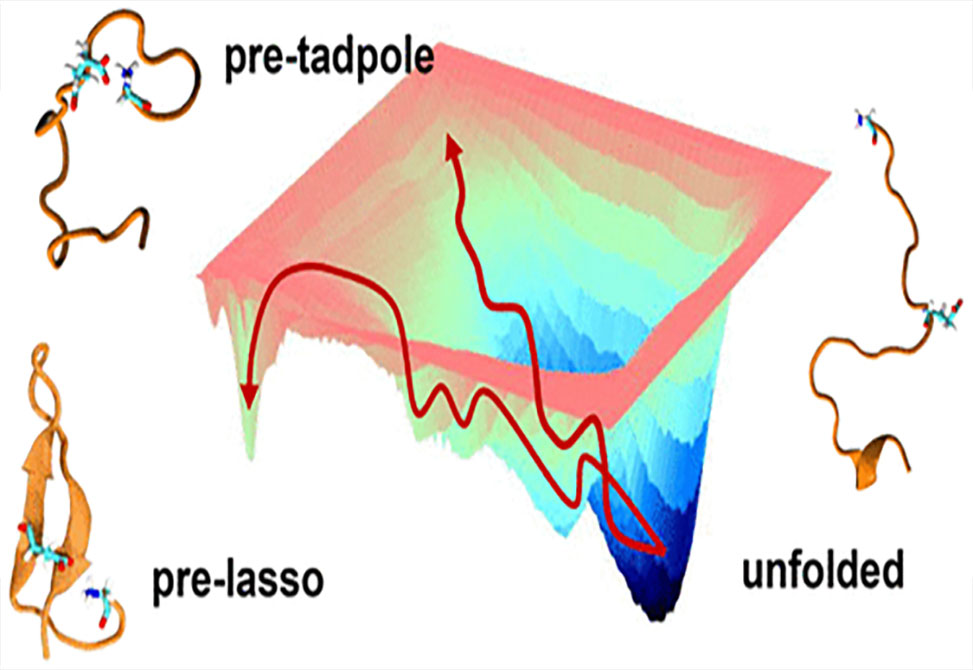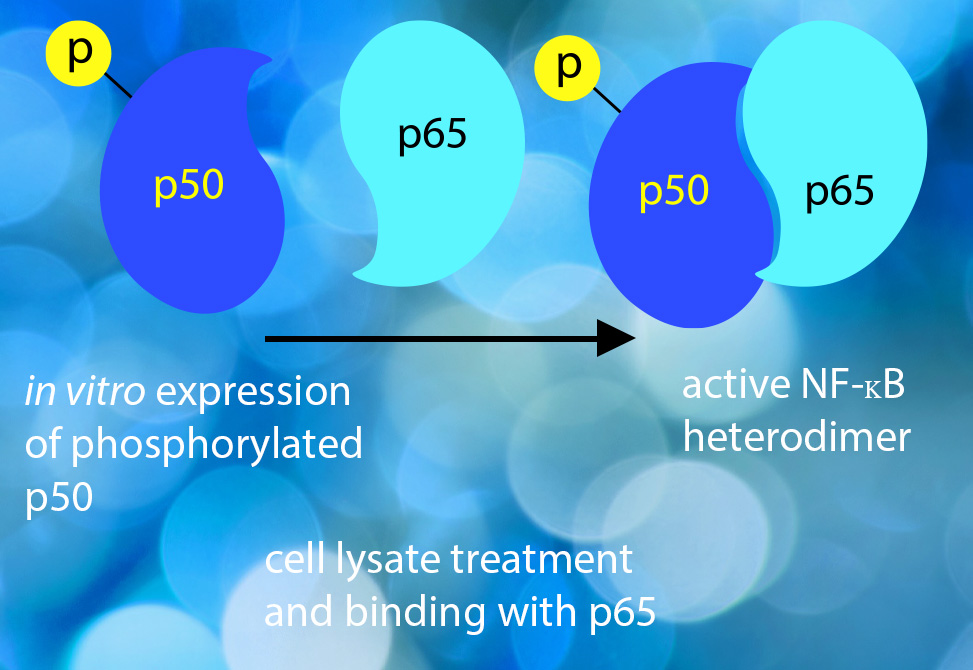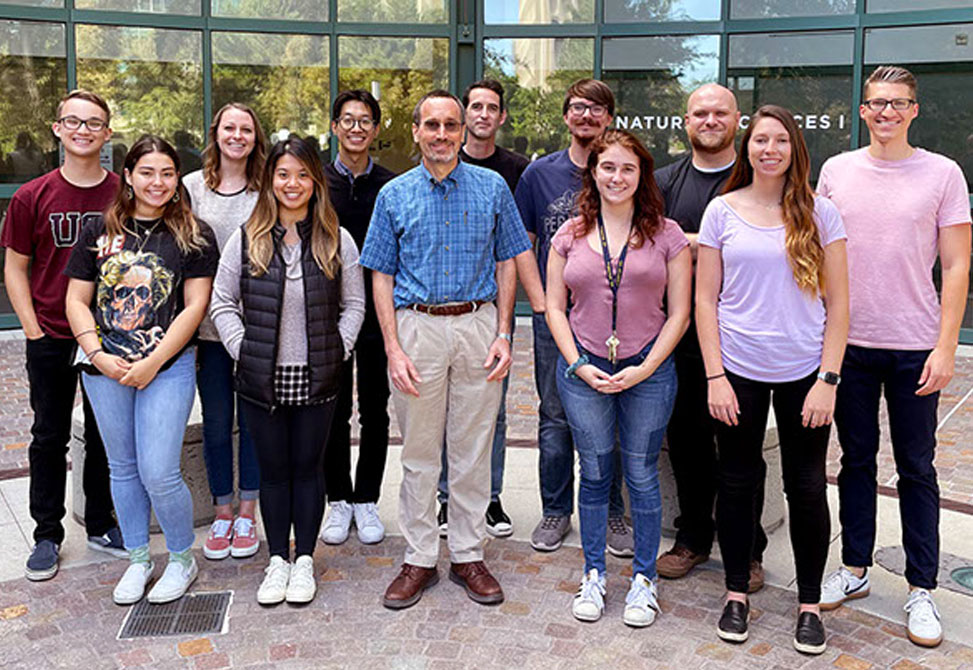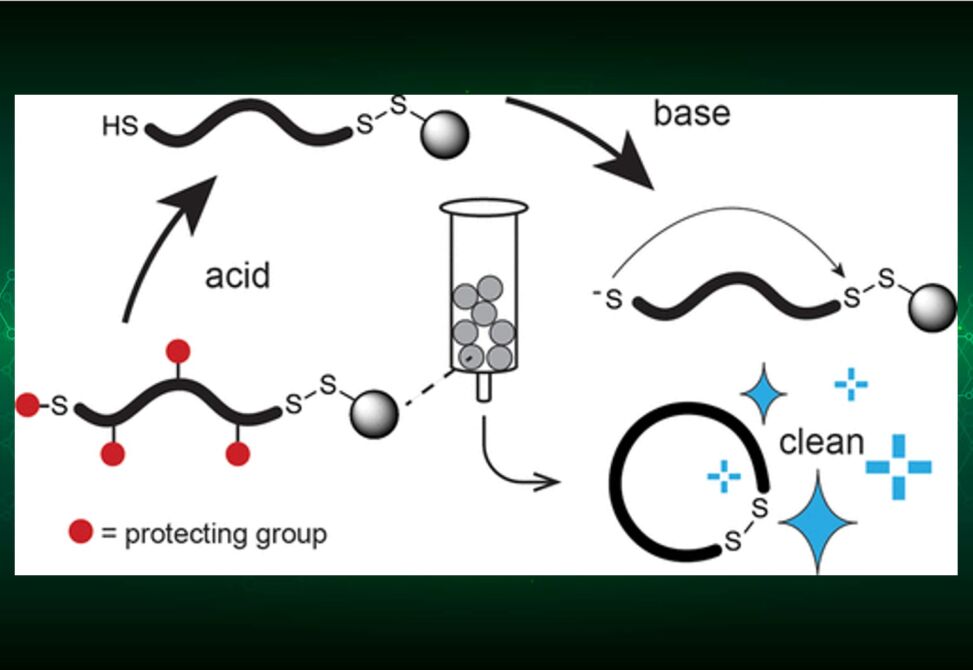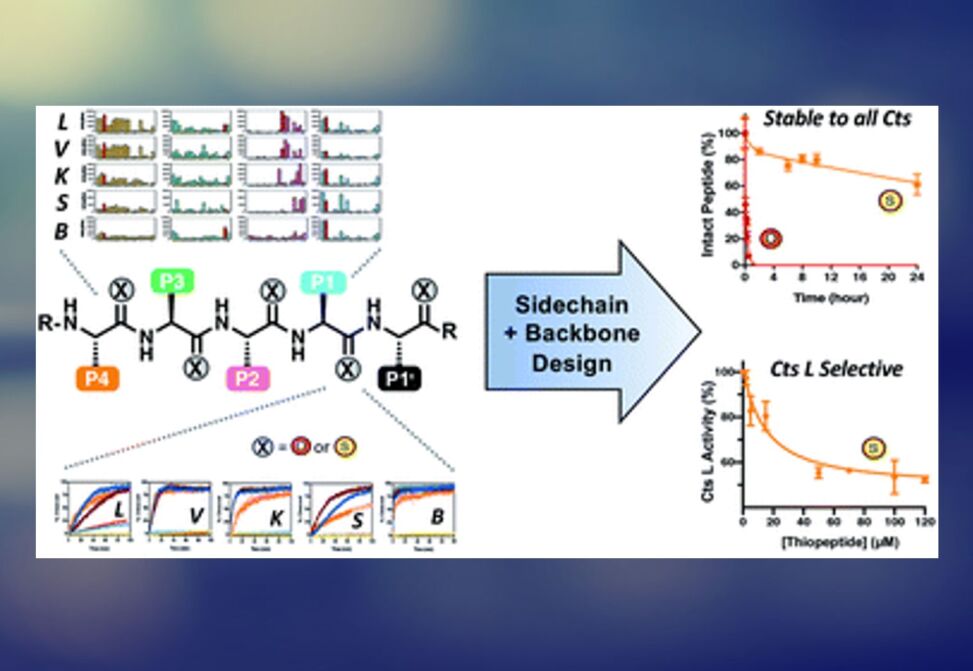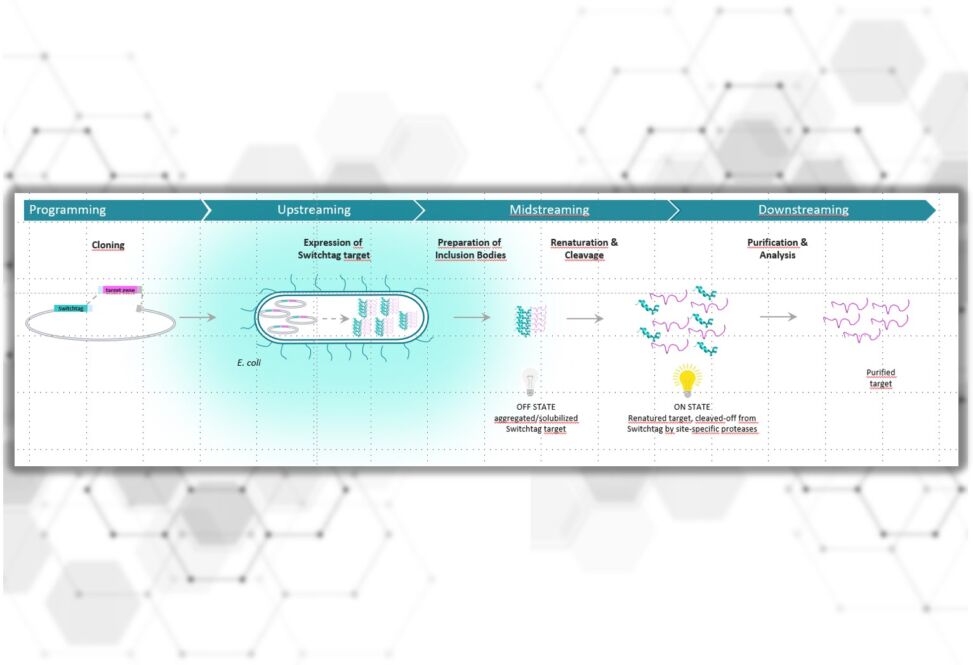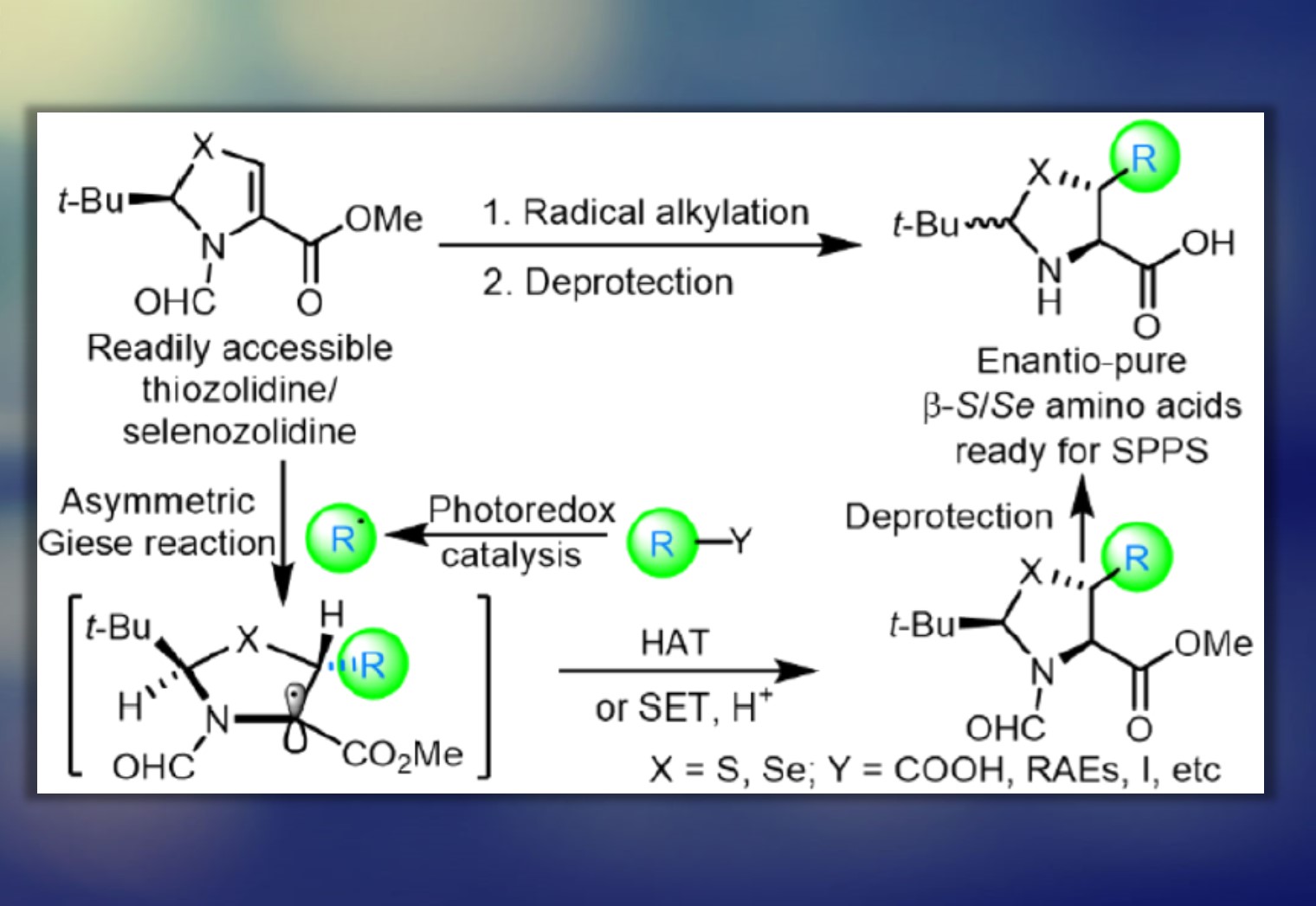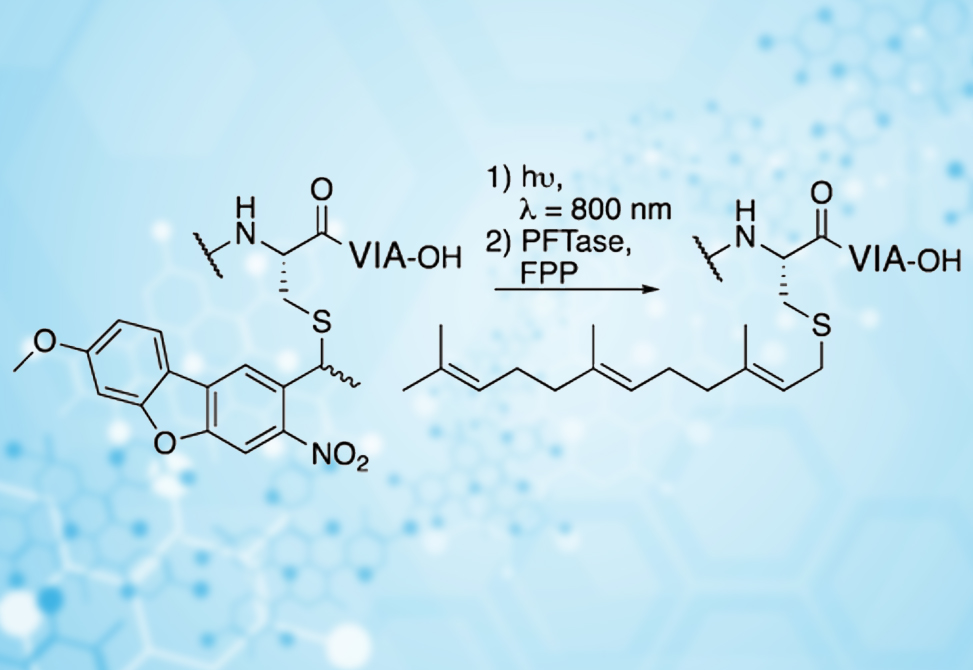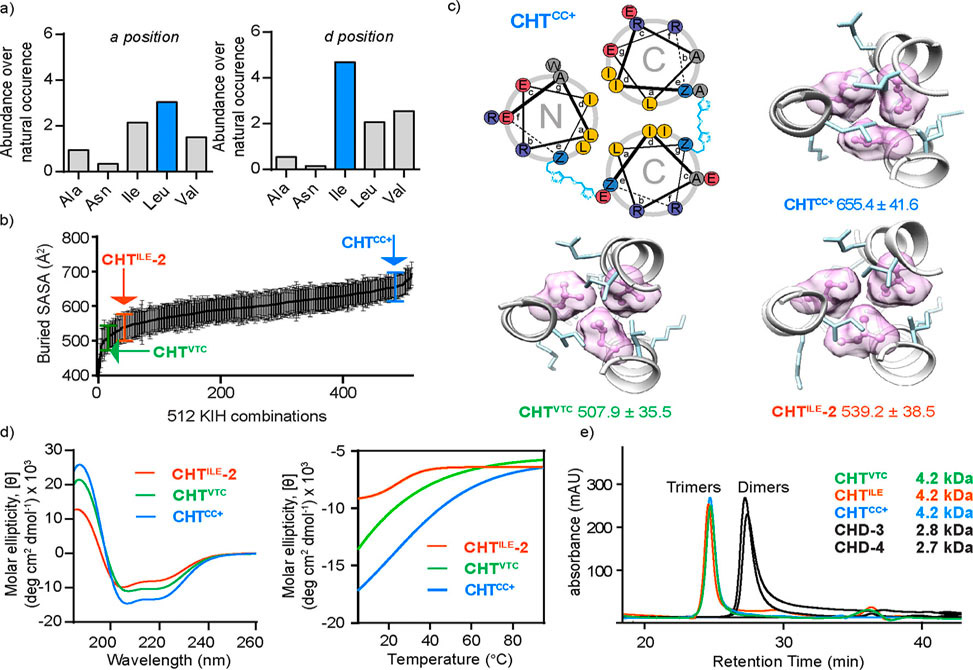News and Research Archive
Macrocyclic Peptide Antibiotics
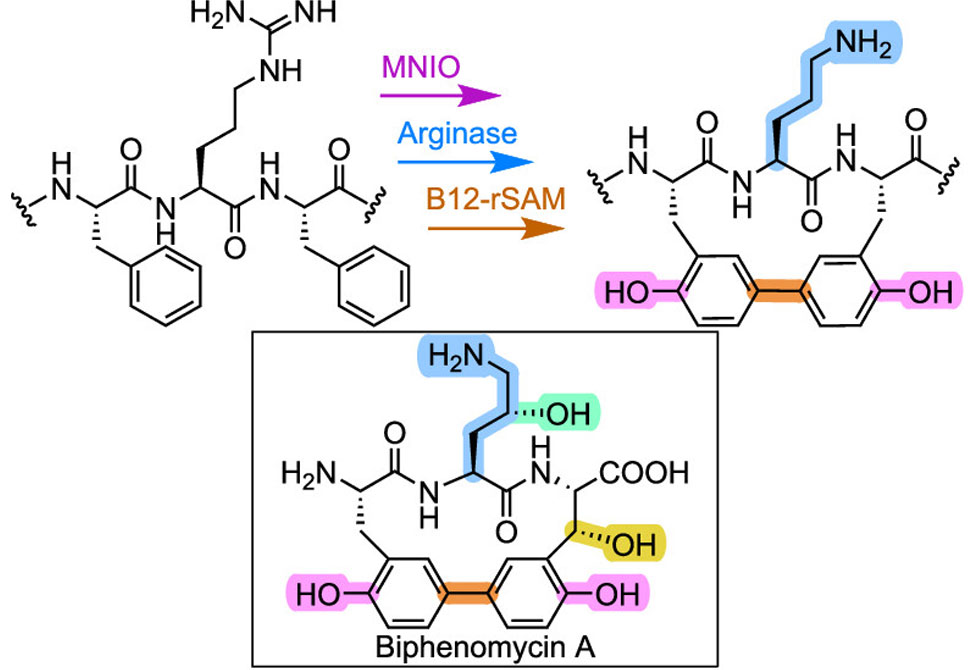
Reflecting recent work in the van der Donk lab
Ribosomally synthesized and posttranslationally modified peptides, RiPPs, represent one of the most structurally diverse classes of natural products, yet many RiPP families remain biosynthetically uncharacterized...
Quorum Sensing Redux

Reflecting recent work in the Tal-Gan lab
Streptococcus constellatus, a member of the Streptococcus anginosus group, SAG, is an opportunistic pathogen commonly found in the human oral and gastrointestinal microbiota. While often commensal, it has increasingly been implicated in severe purulent infections, particularly in immunocompromised individuals. Despite its emerging clinical relevance...
Oxidative Peptide Coupling

Reflecting recent work in the Proulx lab
This study demonstrates that a key determinant of this reactivity is the choice of solvent. By shifting from aqueous buffer to a mixed organic solvent system, MeOH/DCE, the authors observed a pronounced shift in the oxidation pathway, favoring productive...
Potent Antifungal Lipopeptide

Reflecting recent work in the Süssmuth lab
In this study, researchers from the Süssmuth group at the Technische Universität Berlin, published in the Journal of the American Chemical Society, elucidated the structure of AFC-BC11 as an N-acyl tetrapeptide with a distinctive architecture. The molecule is...
Efficient siRNA Delivery
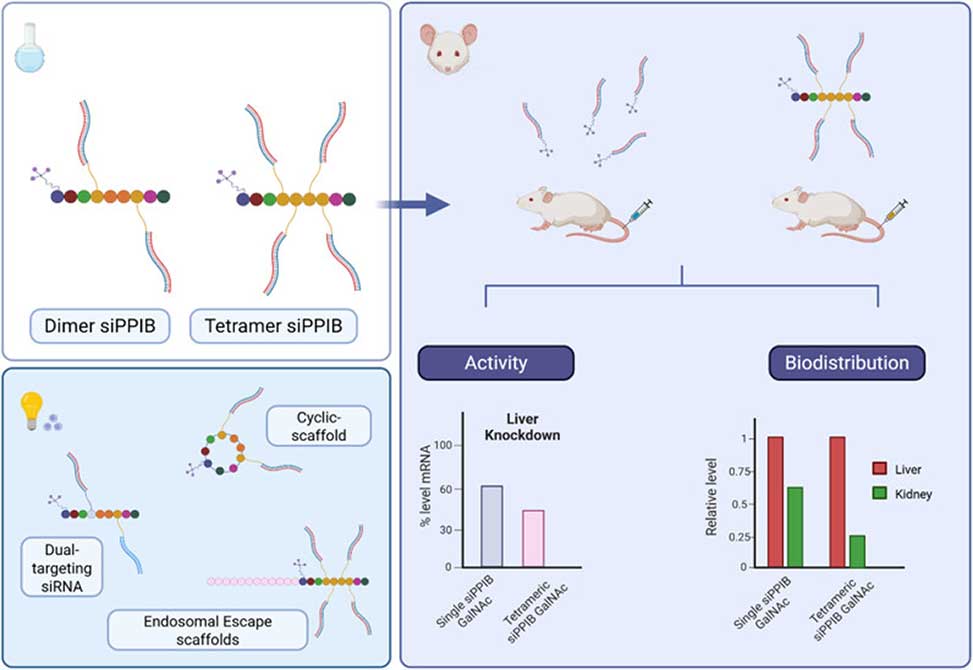
Reflecting recent work in the Anders lab
In this collaborative study, published in Bioconjugate Chemistry by researchers from the Dahlén group at Astra-Zeneca, Gothenburg, Sweden, and the Andaloussi team at the Karolinska Institutet, Stockholm, Sweden, the authors present...
Grafted Coiled Coils
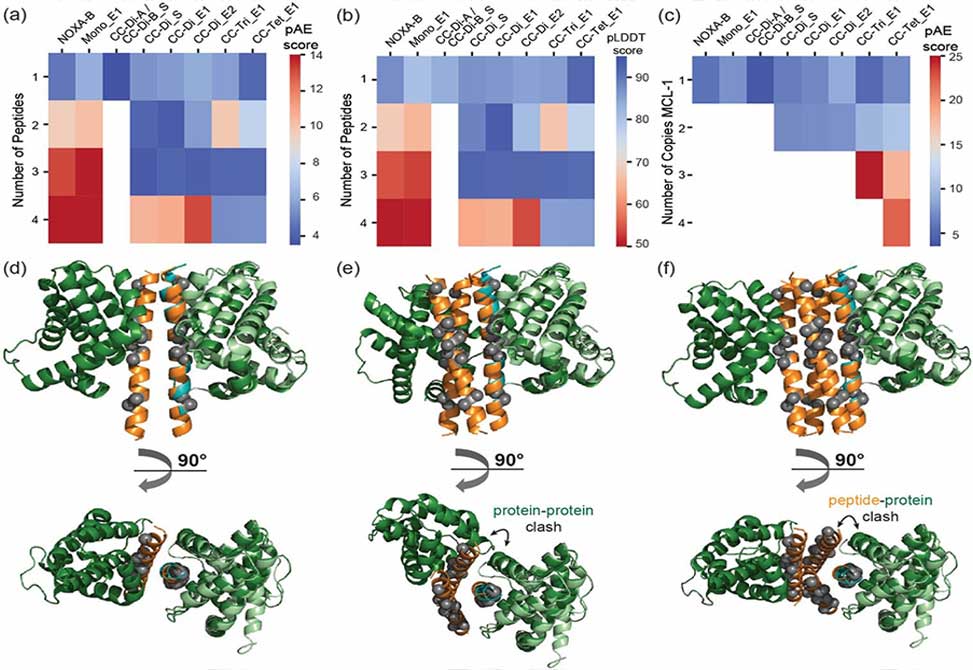
Reflecting recent work in the Andrew J. lab
Protein–protein interactions, PPIs, are fundamental to cellular regulation, yet targeting them therapeutically remains challenging due to their extensive, shallow interfaces. Peptides offer an attractive solution, providing structural fidelity...
Conjugation Chemistry

Reflecting recent work in the Kwon lab
Traumatic brain injury, TBI, remains a profound and unresolved clinical challenge, responsible for long-term disability in both civilian and military populations. The lack of effective pharmacological interventions...
Quorum Sensing
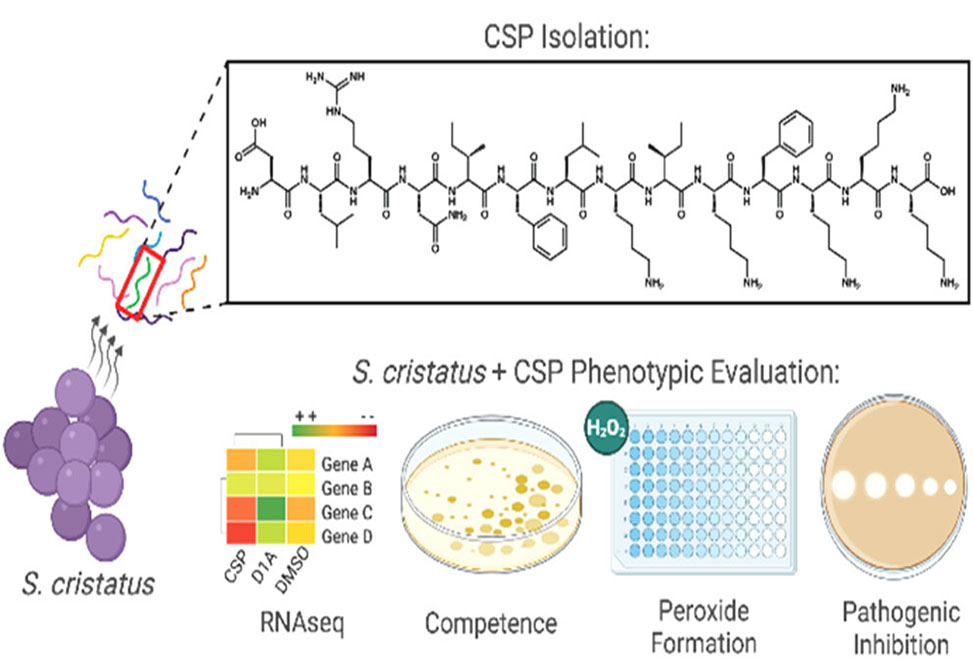
Reflecting recent work in the Tal-Gan lab
Streptococcus cristatus, a commensal member of the oral microbiota and recently reclassified from Streptococcus oligofermentans, has emerged as a promising candidate in the pursuit of biotherapeutics targeting oral pathogens. A comprehensive...
Molecular Scaffolds
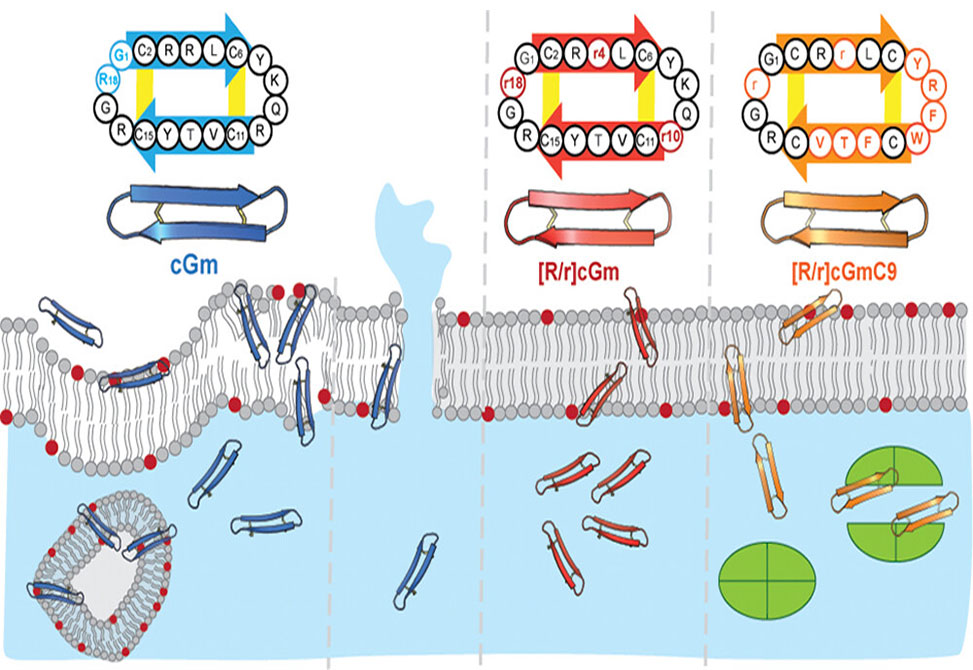
Reflecting recent work in the Craik lab
This comprehensive review from the labs of David Craik and Lara Malins at Australian Research Council Centre of Excellence for Innovations in Peptide and Protein Science, at the University of Queensland, published in Biochemistry, highlights the powerful...
From Hydrogel to Crystal

Reflecting recent work in the Schneider lab
Published in the Journal of the American Chemical Society, researchers in the lab of Dr. Joel P. Schneider at NIH, have unveiled a groundbreaking molecular design strategy that shifts gel-forming peptides into the crystalline state...
Capturing the Uncatchable
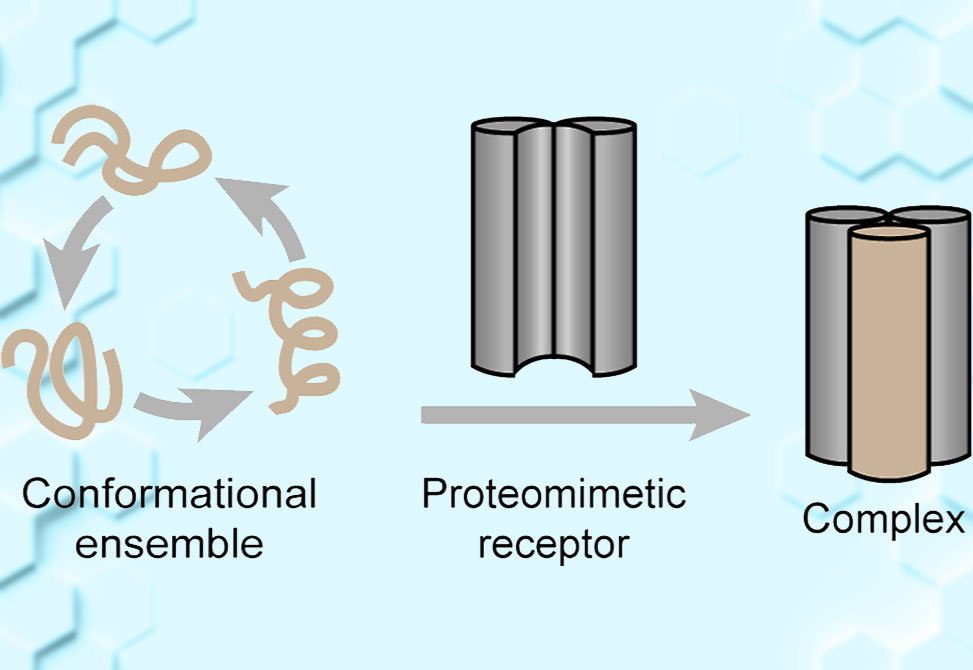
Reflecting recent work in the Arora lab
In a major step forward, researchers in the Arora Group at the New York University, have now developed a rationally designed proteomimetic receptor capable of selectively trapping MYC in its biologically active conformation...
Ubiquitin Azapeptide Esters

Reflecting recent work in the Liu lab
Published as an ASAP article in the Journal of the American Chemical Society, researchers from the Wenshe Liu Lab at Texas A&M, currenly our "Lab of the Month," present the development...
Versatile Precursors

Reflecting recent work in the Mitchell lab
Cyclopropane-containing amino acids, prized for their conformational rigidity and stability, are of increasing interest in therapeutic peptide development and antimicrobial drug discovery. A recent study from Nicholas Mitchell’s group at the University of Nottingham...
Sequence Architecture

Reflecting recent work in the Woolfson lab
The Woolfson Lab continues to break new ground in de novo protein design with the successful creation of mixed-charge A3B3 heterohexameric α-helical barrels, αHBs, assembled from distinct acidic, A, and basic, B, peptide chains. Drawing on...
Dynamic Ion Channels
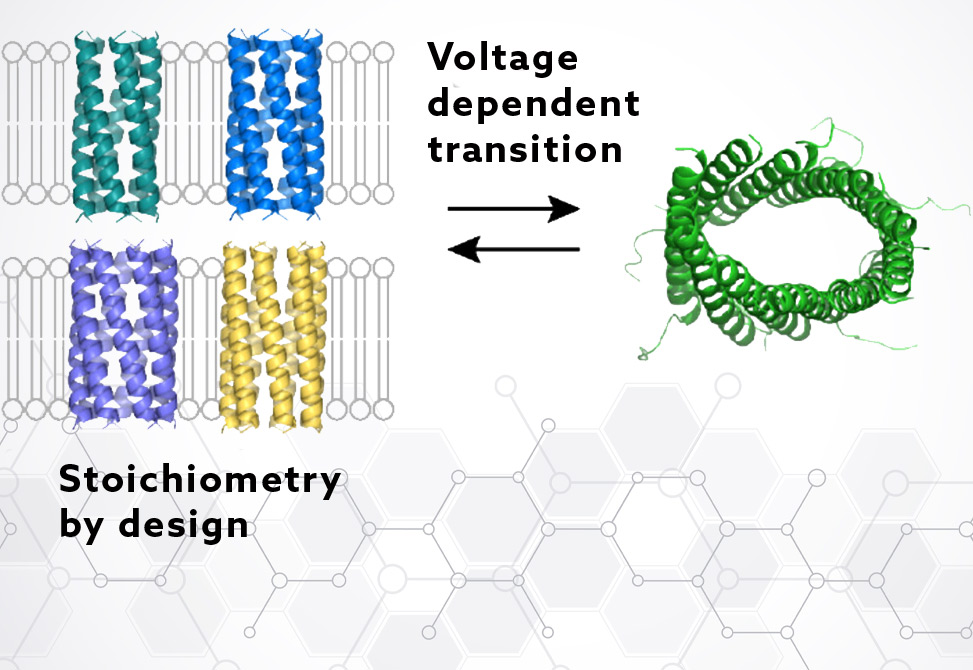
Reflecting recent work in the Niitsu lab
Membrane-spanning peptides that form ion-conductive channels remain a challenging frontier in de novo protein design. While strides have been made in creating water-soluble peptide assemblies, translating that precision to transmembrane systems...
Antimicrobial Peptide

Reflecting recent work in the D'Amelio lab
As antibiotic resistance surges worldwide, the search for effective new therapeutics has led scientists to a surprising source: the venom of Bungarus fasciatus, the banded krait. From this venom, researchers have isolated Cathelicidin-BF...
Protein Design
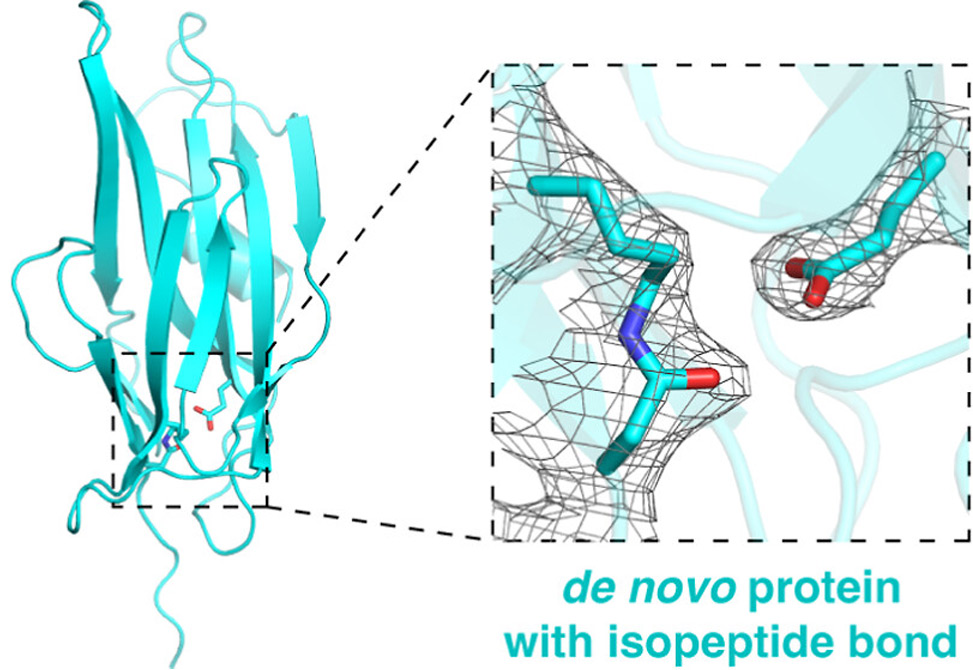
Reflecting recent work in the Tezcan lab
Isopeptide bonds, IPBs, — covalent linkages between the side chains of lysine and asparagine/glutamine or aspartate/glutamate — are remarkable for their chemical resilience and structural significance...
Arginine Carbonylation

Reflecting recent work in the Raj lab
The selective incorporation of post-translational modifications, PTMs, into proteins remains a key challenge in chemical biology, particularly for modifications like arginine carbonylation, which plays a crucial role...
Enlicitide Decanoate
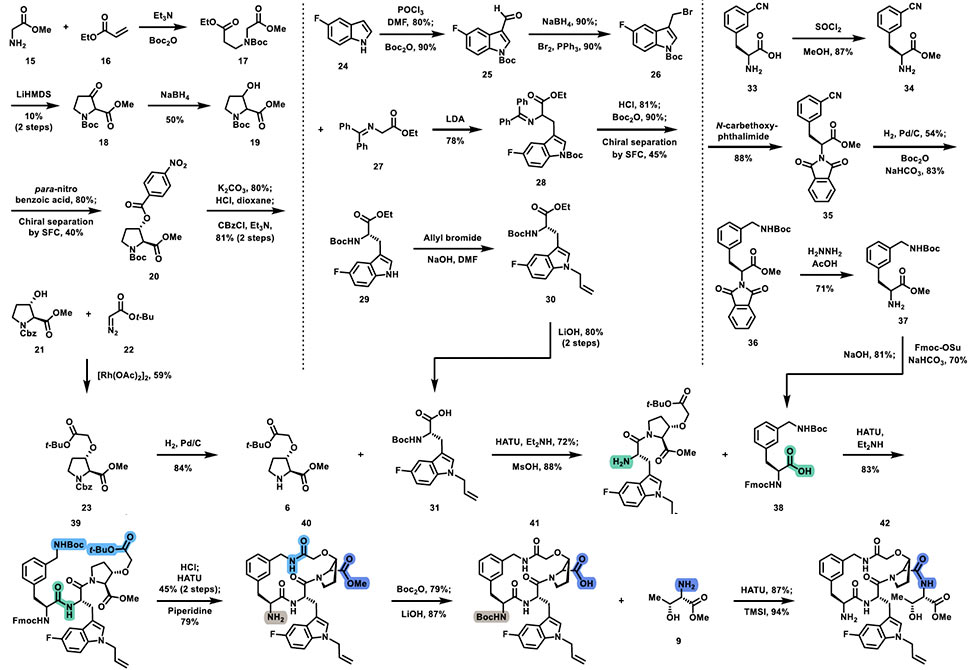
Reflecting recent work in the Thaisrivongs lab
The total synthesis and process development of enlicitide decanoate, MK-0616, an orally bioavailable inhibitor of proprotein convertase subtilisin/kexin type 9, PCSK9, represents a major breakthrough in macrocyclic peptide...
Electrophilic Warheads
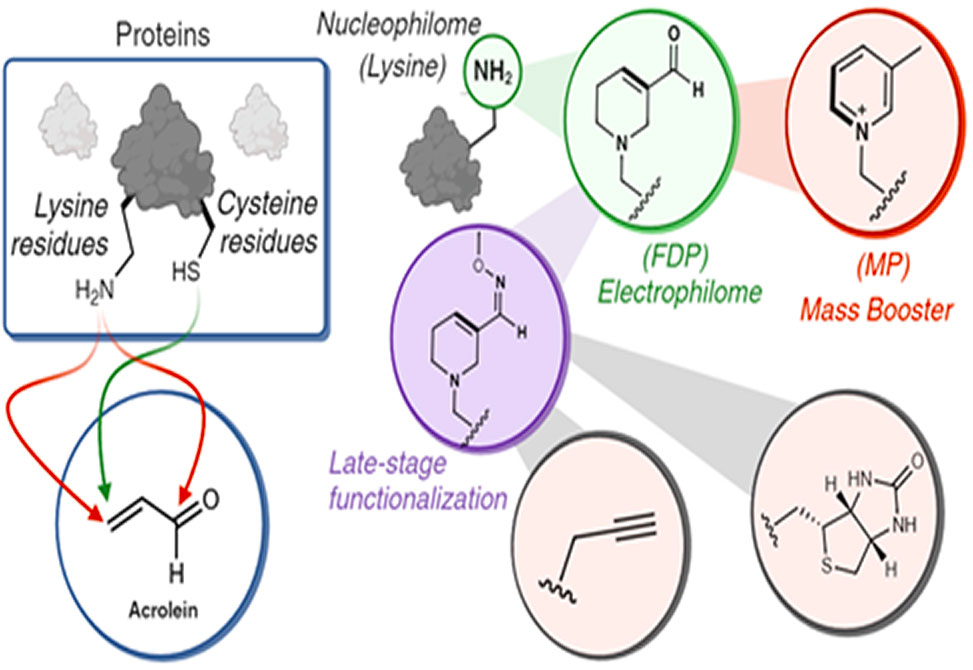
Reflecting recent work in the lab
Understanding how proteins interact with biological metabolites is crucial for deciphering biological processes and advancing therapeutic strategies. This study focuses on a specific class of metabolites—α,β-unsaturated carbonyls, particularly acrolein-derived...
Vesicle Inversion
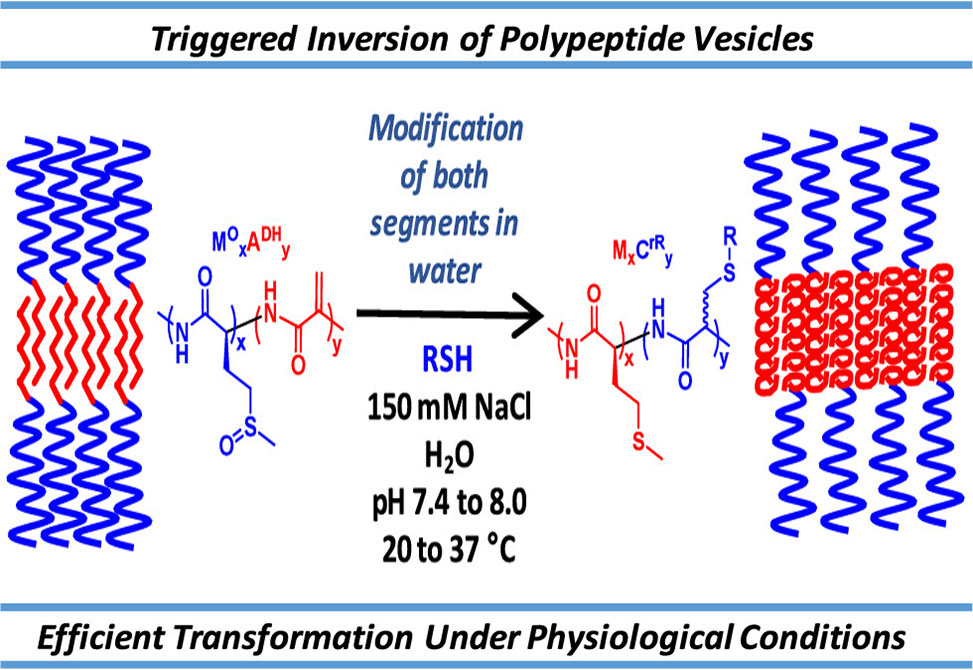
Reflecting recent work in the Deming lab
Self-assembled polymeric vesicles that respond to biologically relevant stimuli have significant potential in drug delivery and synthetic biology. While many stimuli-responsive assemblies disassemble upon activation, invertible vesicles...
Selective Coupling
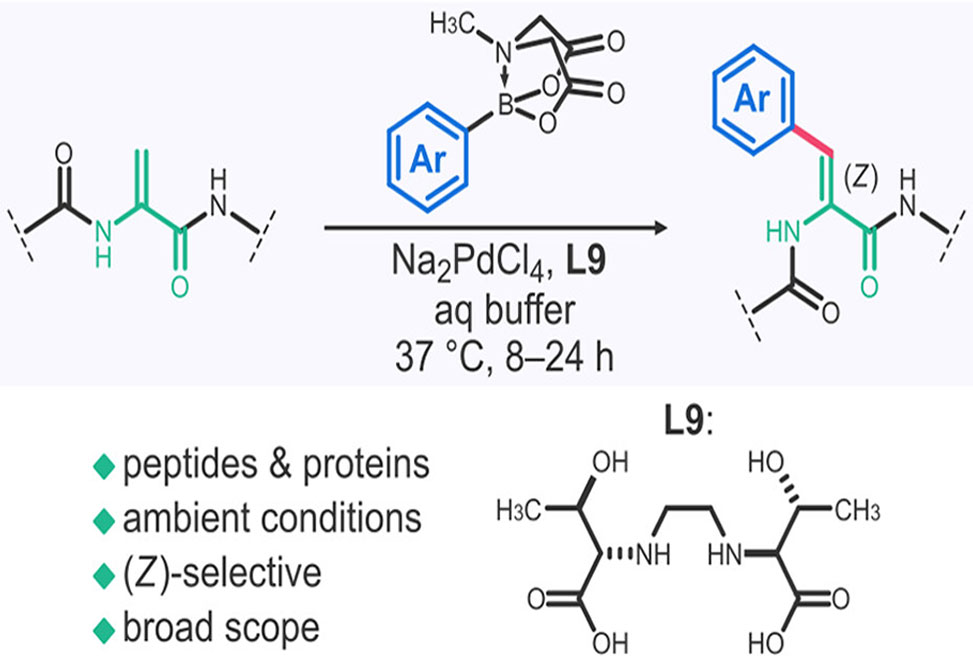
Reflecting recent work in the Suga lab
α,β-Dehydroalanine, ΔAla, is a highly reactive nonproteinogenic amino acid that serves as a versatile handle for modifying peptides, natural products, NPs, and proteins. While many ΔAla functionalization...
Vancomycin–Teixobactin
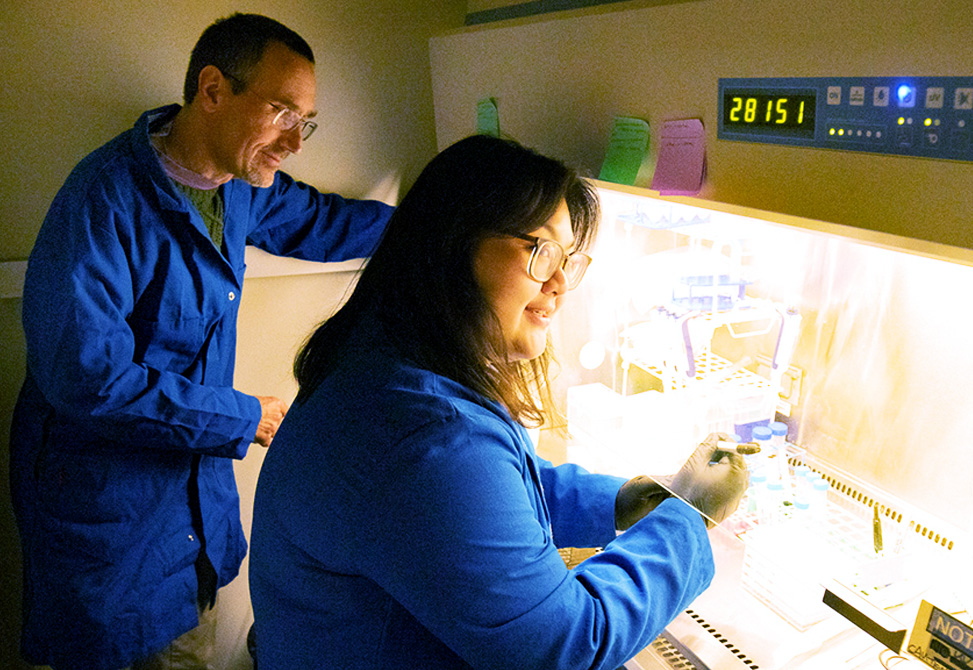
Reflecting recent work in the Nowick lab
Vancomycin, a cornerstone antibiotic for Gram-positive infections, faces diminishing efficacy due to the emergence of vancomycin-resistant Enterococci, VRE, and vancomycin-resistant...
Genome Mining
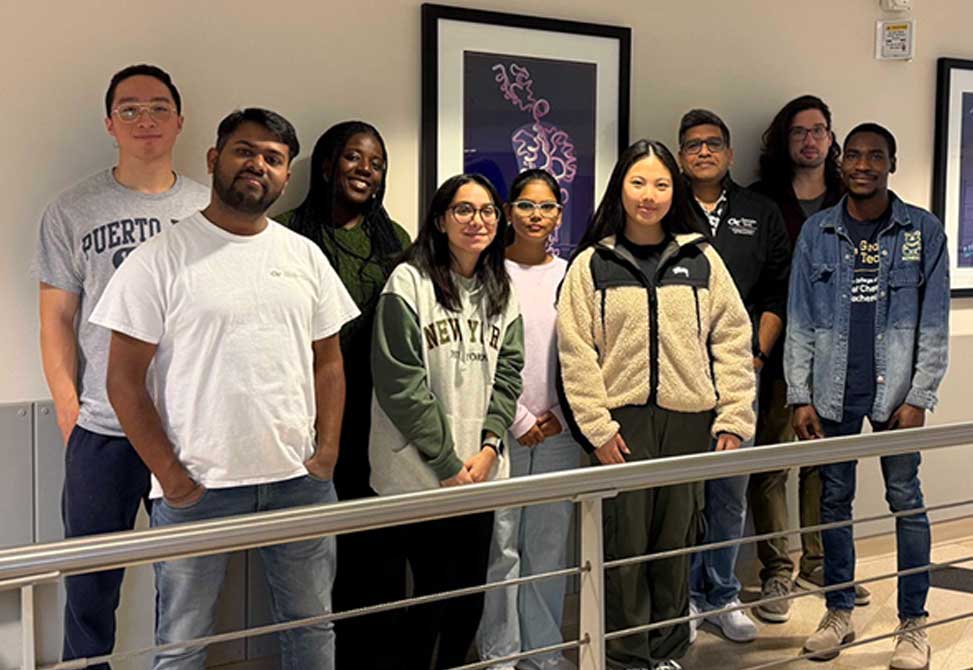
Reflecting recent work in the Agarwal lab
Brominated intermediates have long been favored in organic synthesis for their chemical versatility, particularly in transition-metal-assisted bond-forming reactions. The Agarwal and van der Donk study represents a significant leap...
Selective Cyclization

Reflecting recent work in the Liu lab
To address the limitations of current methods for peptide macrocyclization, which often rely on nonspecific small-molecule linkers...
Molecular Flasks

Reflecting recent work in the Woolfson lab
To address the formidable challenge of binding and orienting multiple small molecules for directed chemical reactions, researchers in the Woolfson and Oliver groups at the University of Bristol, published in...
Graspetides
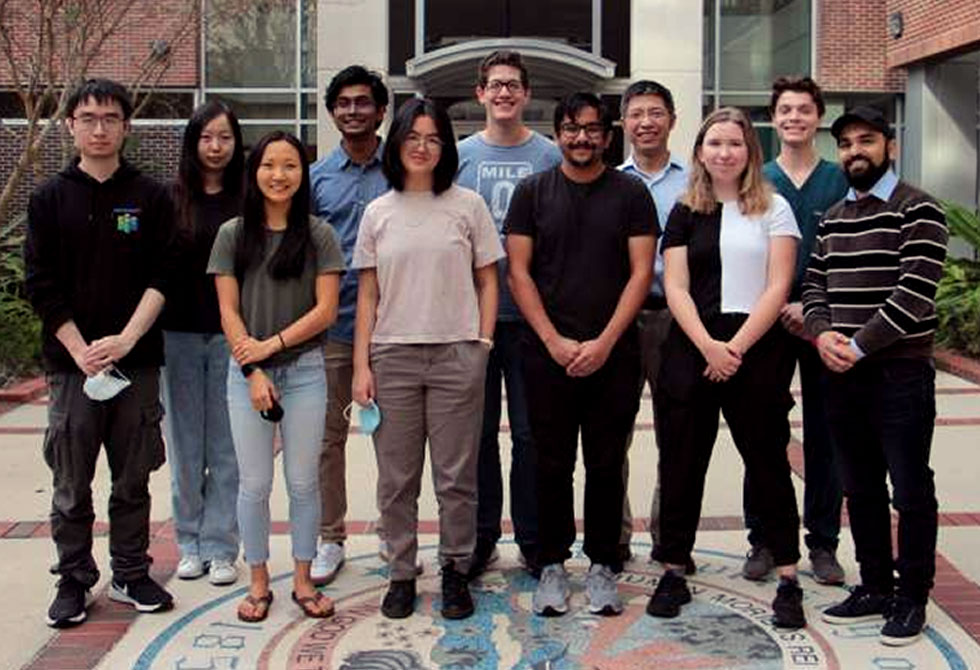
Reflecting recent work in the Ding lab
Published in ACS Chemical Biology, researchers in the Ding Group at the University of Florida, reconstructed prunipeptin biosynthesis from Streptomyces coelicolor...
Mirror-Image mRNA

Reflecting recent work in the Payne lab
Chemokines are small proteins involved in recruiting leukocytes to sites of inflammation via interactions with specific cell surface receptors. CCL22 is a chemokine known to play a critical role in...
Cyclodepsipeptides
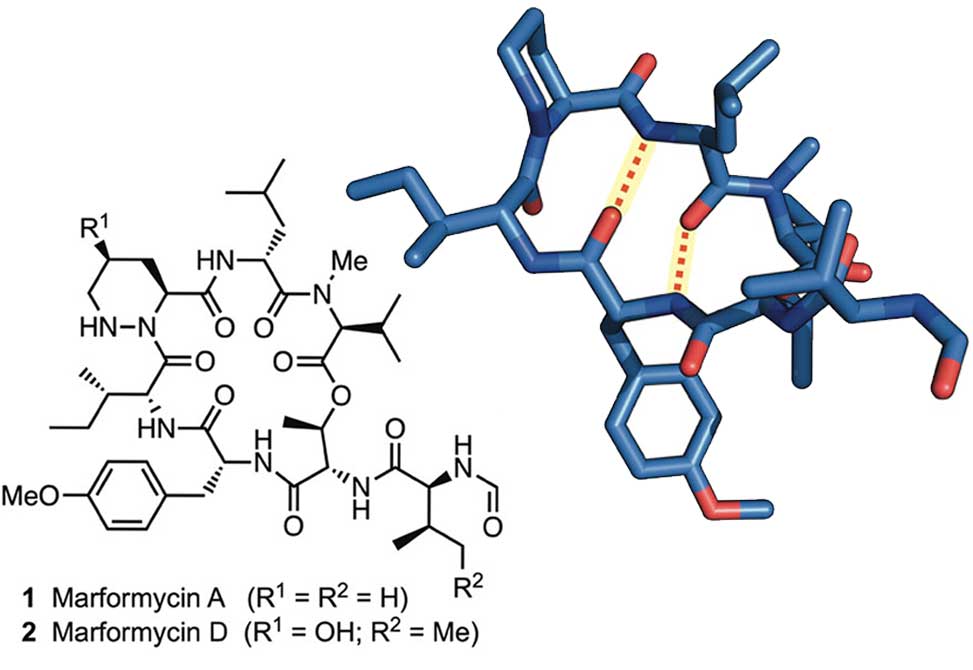
Reflecting recent work in the Del Valle lab
Members of the Del Valle Group at the University of Notre Dame, in collaboration with the Ebright Group at Rutgers, report in Organic letters, the synthesis of the antimicrobial cyclodepsipeptides...
Intracellular Antibodies
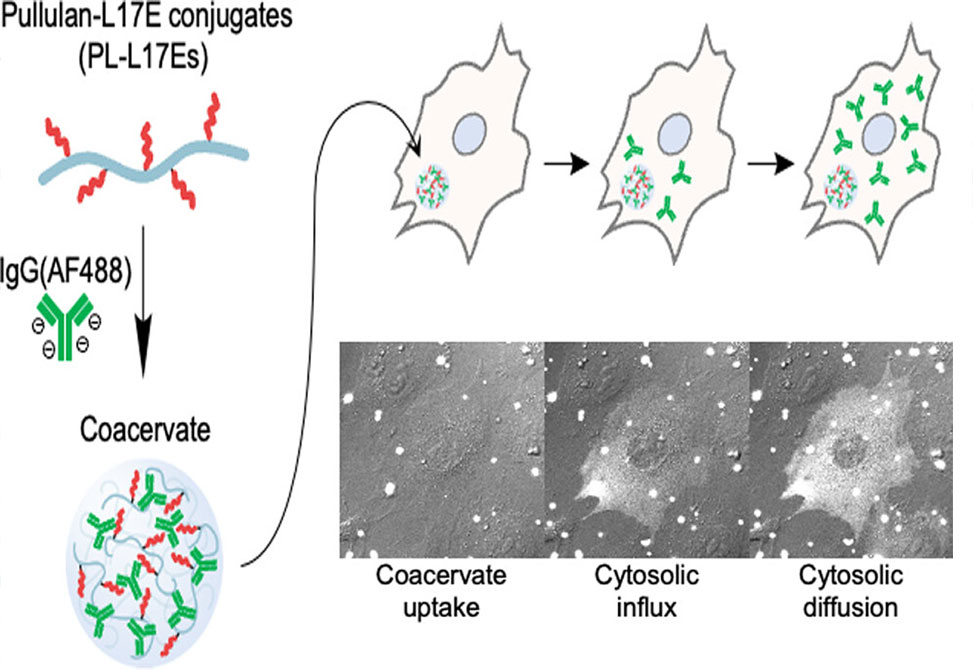
Reflecting recent work in the Futaki lab
Published in Bioconjugate Chemistry, researchers from Shiroh Futaki Group at the Kyoto University, prepared conjugates of the biocompatible polysaccharide pullulan with a cell membrane permeabilizing peptide...
Macrocyclic Peptide Ligands
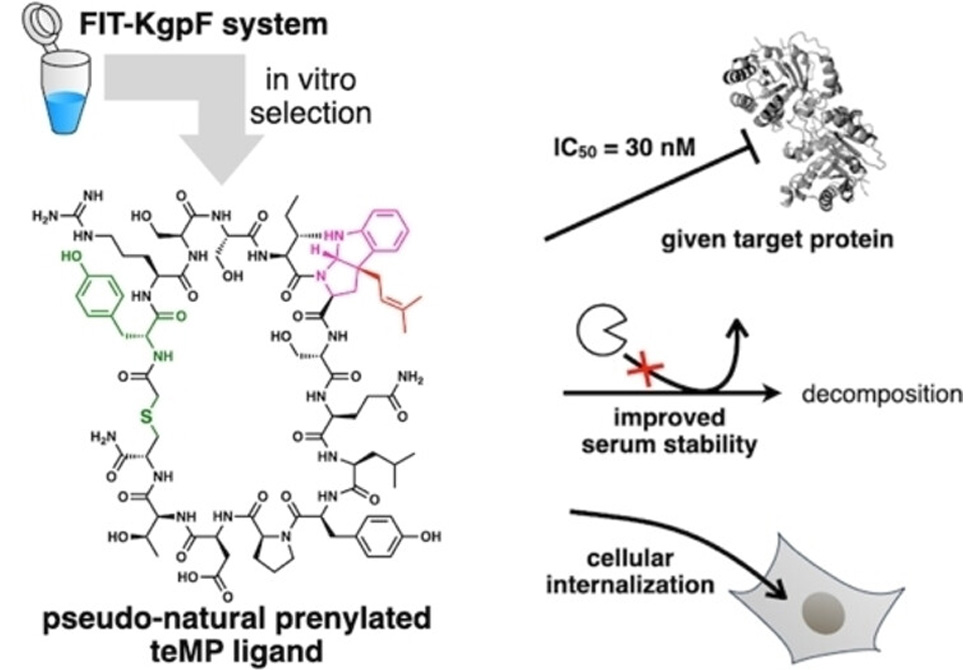
Reflecting recent work in the Suga lab
Prenylation of peptides is widely observed in the secondary metabolites of diverse organisms, granting peptides unique chemical properties distinct from proteinogenic amino acids. Discovery of...
Dominant Rotor Method
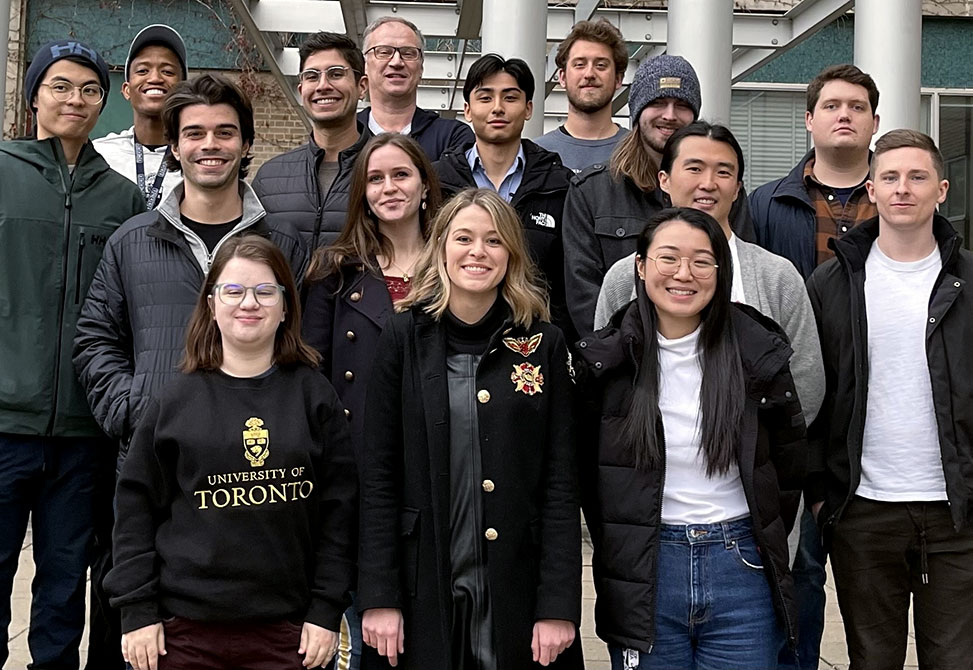
Reflecting recent work in the Yudin lab
Helical secondary structures, namely α- and 310-helices, comprise >60% of all secondary structures observed at protein–protein interactions, PPIs, and are responsible for the mediation of many biological...
Antimicrobial Peptides
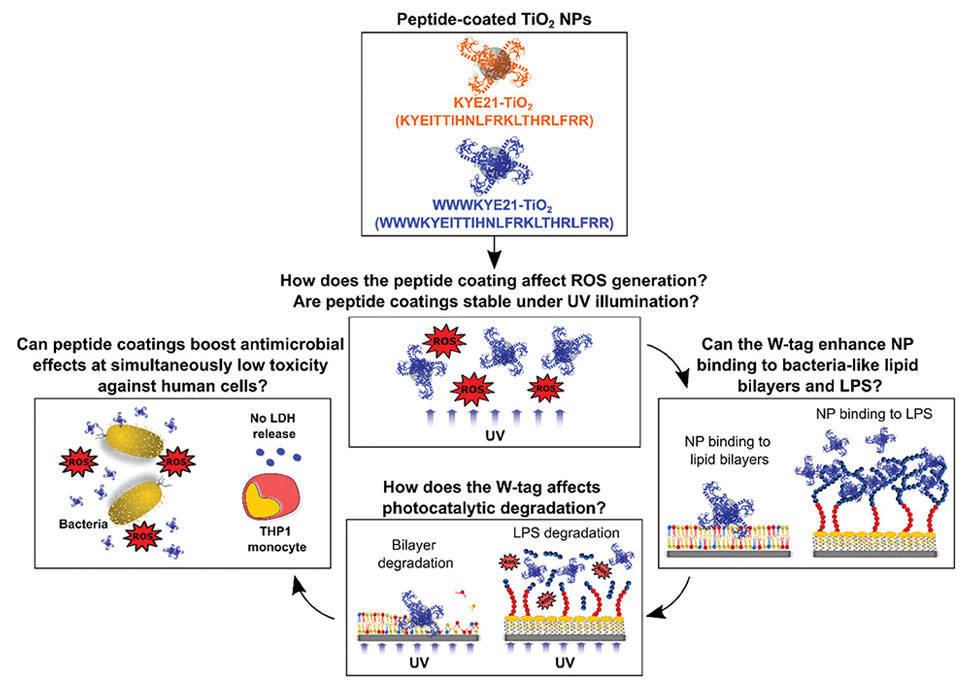
Reflecting recent work in the Malmsten lab
Published in Advanced Functional Materials, work by members of the Martin Malmsten group at the University of Lund, Sweden, explores the coating of photocatalytic nanoparticles with antimicrobial peptides...
Structure Transitions
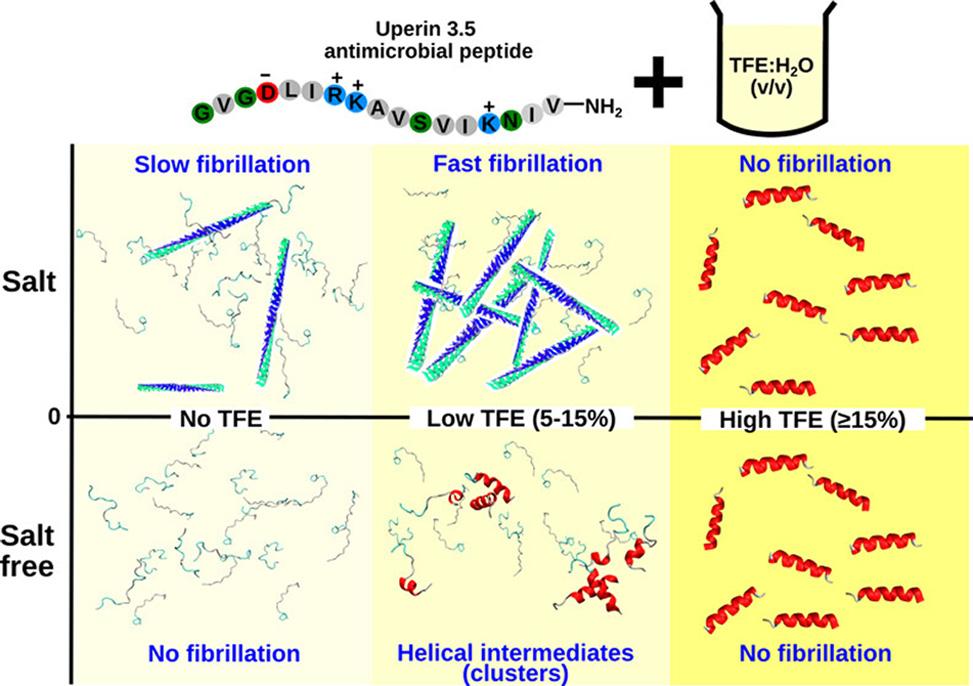
Reflecting recent work in the Martin lab
Membrane–peptide interactions are key to the formation of helical intermediates in the early stages of amyloidogenesis. Aqueous solutions of 2,2,2-trifluoroethanol...
Infrared Scattering

Reflecting recent work in the Voigt lab
Natural melanin polymers, biosynthesized from free tyrosine, assemble into microstructures that interact with light, producing a wide range of photonic properties. These structures...
Solid Polymer Electrolytes
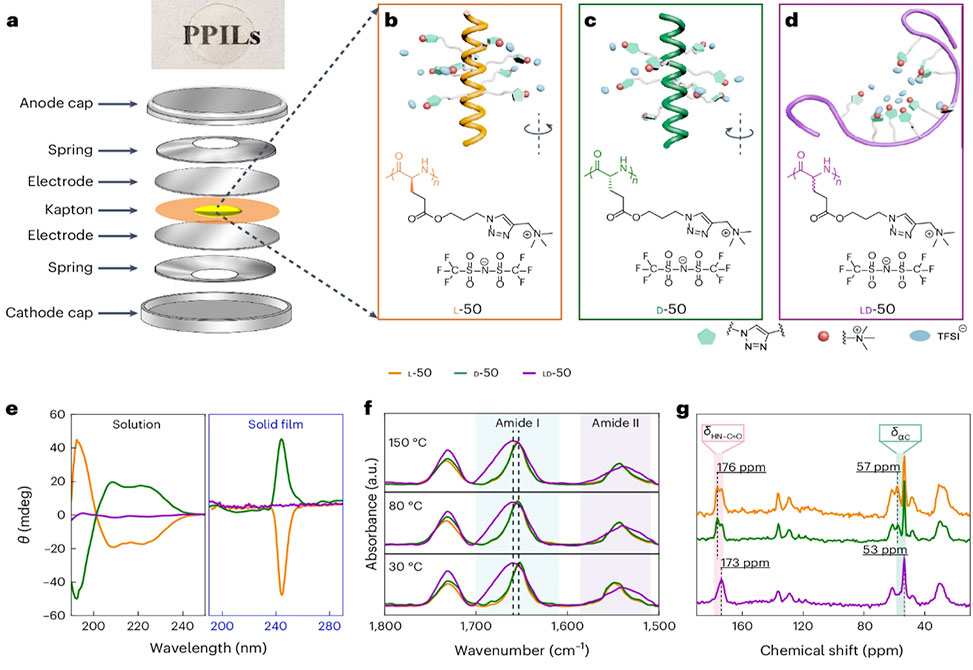
Reflecting recent work in the Evans lab
Ion transport is essential to energy storage, cellular signalling and desalination. Polymers have been explored for decades as solid-state electrolytes by either adding salt to polar polymers...
Self-Healable Composites

Reflecting recent work in the Pal lab
Crystalline materials exhibiting non-centrosymmetry and possessing substantial surface dipole moments play a critical role in piezoelectricity. Designing biocompatible self-assembled materials...
Virus Disinfection

Reflecting recent work in the Huang lab
Global pandemics caused by pathogenic viruses have highlighted the need to develop effective and sustainable materials to defend against these viruses. However, most commercial viral disinfection...
Bicyclic Helical Peptides

Reflecting recent work in the Grossmann lab
The inhibition of intracellular protein-protein interactions is challenging, in particular, when involved interfaces lack pronounced cavities. The transcriptional co-activator protein...
Peptide Permeation

Reflecting recent work in the Su lab
Macrocyclic peptides show promise in targeting high-value therapeutically relevant binding sites due to their high affinity and specificity. However, their clinical application...
Defining the Limits

Reflecting recent work in the Jongkees lab
Messenger RNA, mRNA, display is being increasingly adopted for peptide drug candidate discovery. While many conditions have been reported for the affinity enrichment step and in some cases...
Max Cell Penetration

Reflecting recent work in the Kritzer lab
In an article featured on the cover of ACS Chemical Biology, Nefeli Batistou from the Kritzer Lab at Tufts, describes techniques now being used to reveal differential penetration...
Peptide Receptors
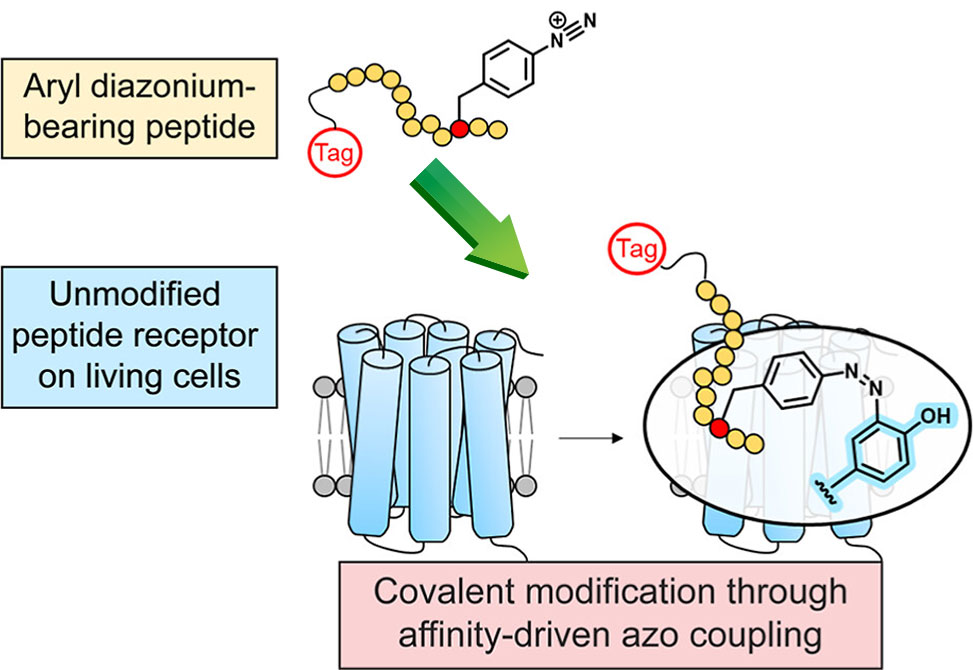
Reflecting recent work in the Checco lab
Peptide–receptor interactions play critical roles in a wide variety of physiological processes. Methods to link bioactive peptides covalently to unmodified receptors...
Backbone Modification
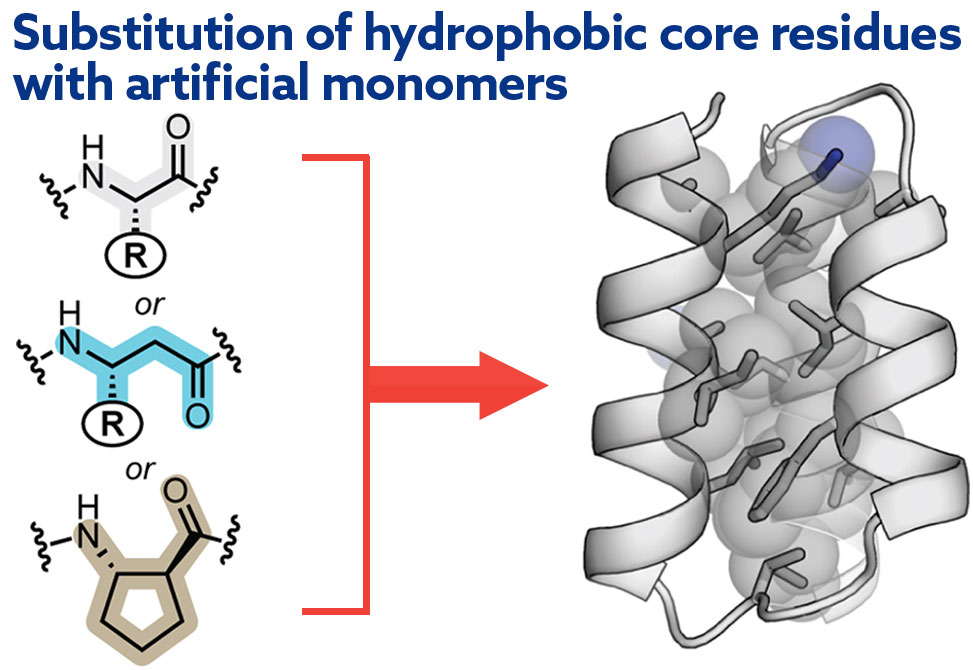
Reflecting recent work in the Horne lab
Targeted protein backbone modification can recreate tertiary structures reminiscent of folds found in nature on artificial scaffolds with improved biostability...
Ephrin Receptors
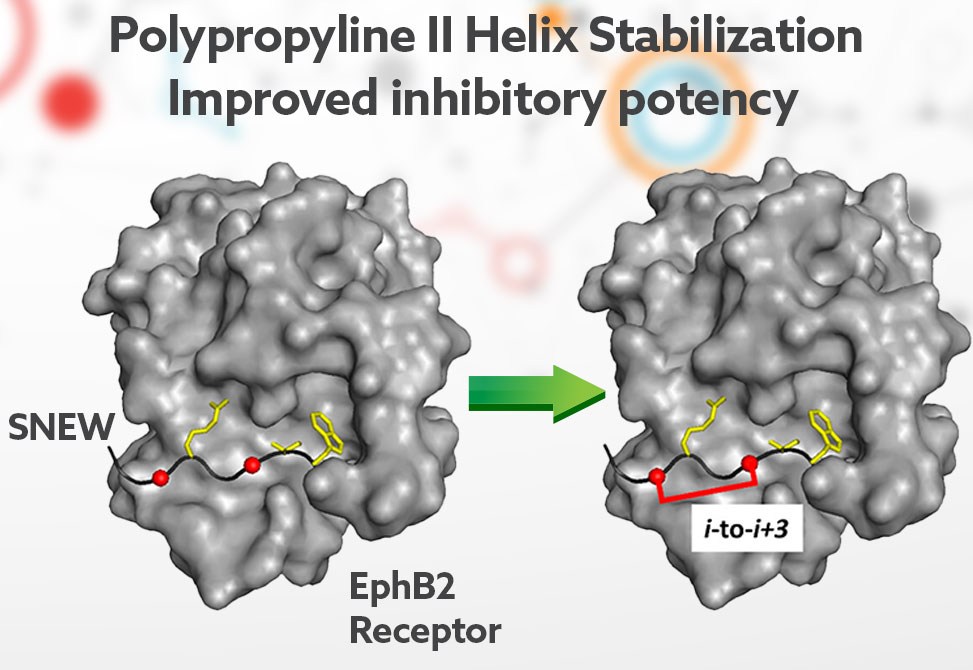
Reflecting recent work in the Sawyer lab
Ephrin, Eph, receptors are the largest family of receptor tyrosine kinases. Interactions between Eph receptors and their membrane-bound ephrin protein ligands are...
Lasso Peptides
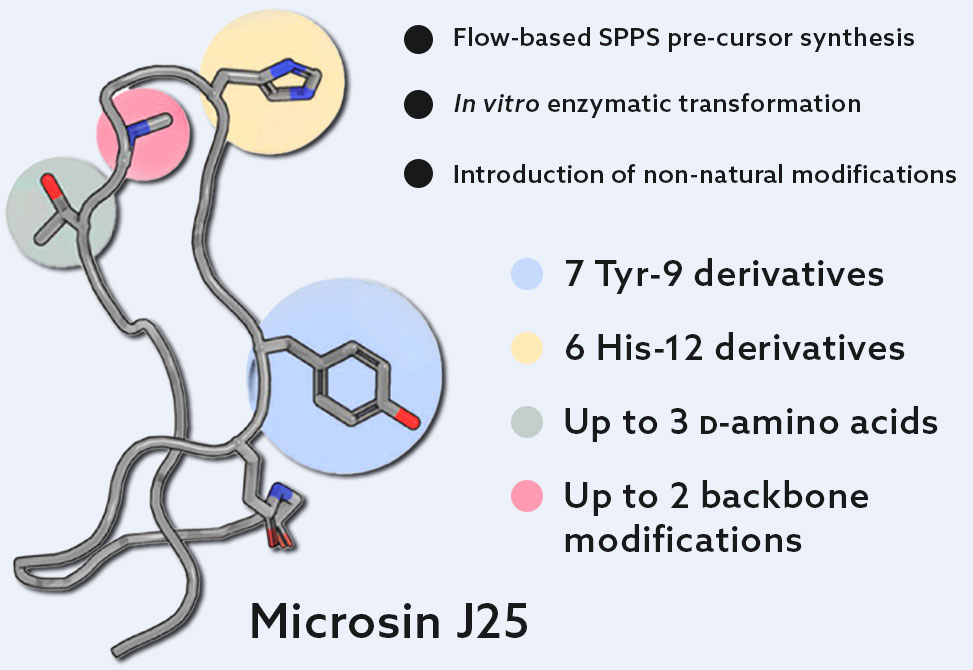
Reflecting recent work in the Hartrampf lab
As the chemical space of MccJ25 analogues accessible through purely biological methods is also limited, researchers in the Hartrampf Lab propose a hybrid approach...
CGRP-Responsive Receptor
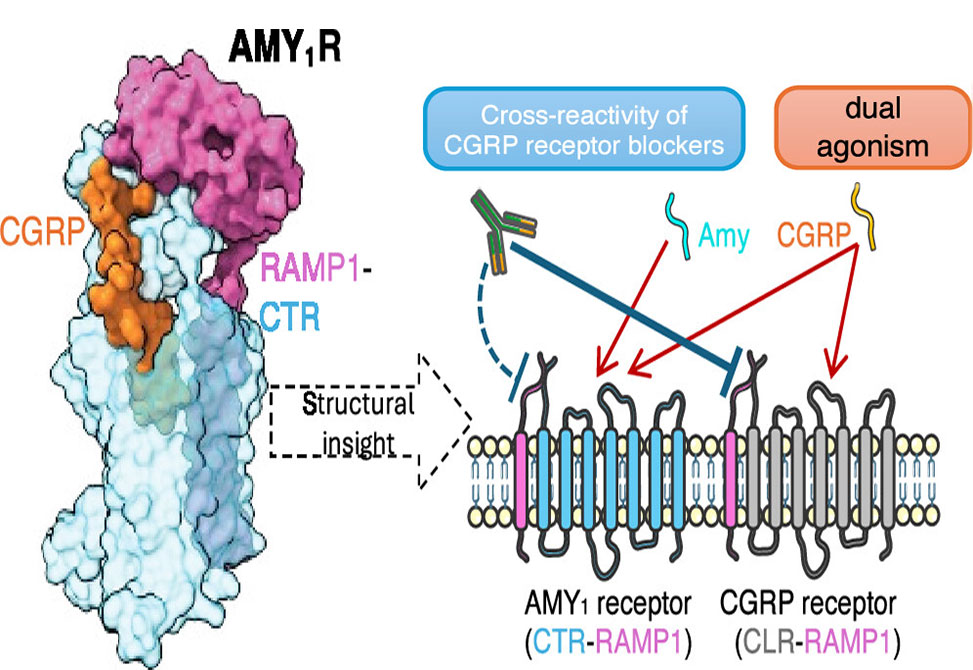
Reflecting recent work in the Sexton lab
Inhibition of calcitonin gene-related peptide, CGRP, or its cognate CGRP receptor, CGRPR, has arisen as a major breakthrough in the treatment...
Proline Conformation

Reflecting recent work in the Zondlo lab
Using Dfp, researchers in the Zondlo lab at the University of Delaware, published in Biochemistry, discovered that the stable polyproline II helix, PPII...
Peptide Gels

Reflecting recent work in the Schneider lab
Researchers in the Schneider lab, published in Angewandte Chemie, Intl. Ed., discuss how peptide nucleic acids, PNAs, are employed in the design...
Peptide & Enzyme Catalysts
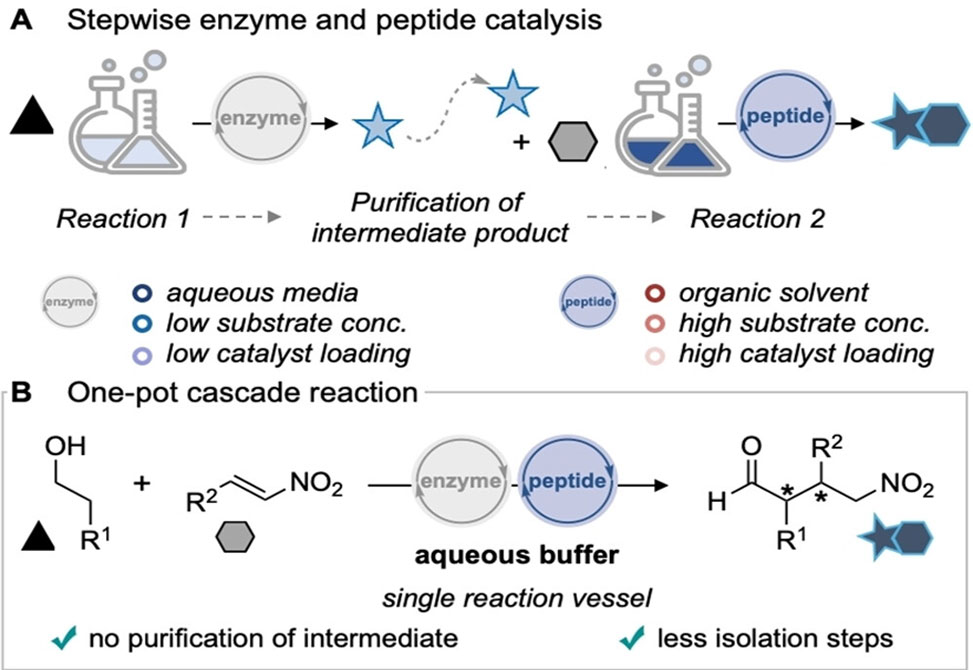
Reflecting recent work in the Wennemers lab
Enzymes and peptide catalysts consist of the same building blocks but require vastly different environments to operate best. Published in Angewandte...
Coiled Coils

Reflecting recent work in the Price lab
Coiled coils are one of most common protein quaternary structures and represent the best understood relationship between amino acid sequence and protein...
Network Pharmacology
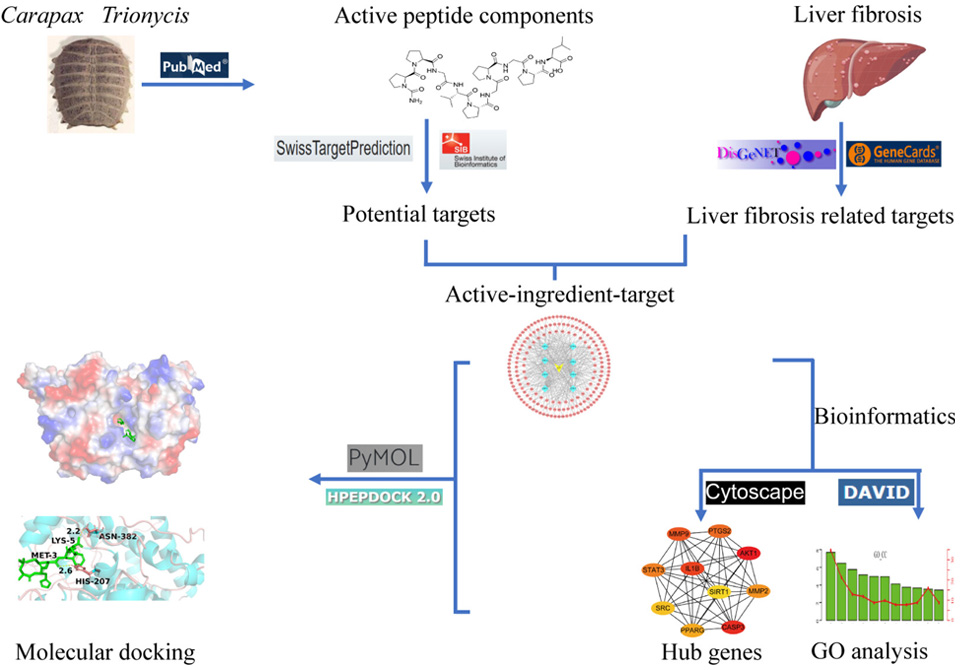
Reflecting recent work in the Jin lab
Carapax Trionycis is a traditional Chinese medicine and it has been clear that oligo-peptides from Carapax Trionycis extract, CTP, are the main active substances...
Novel, Rational Drug Design
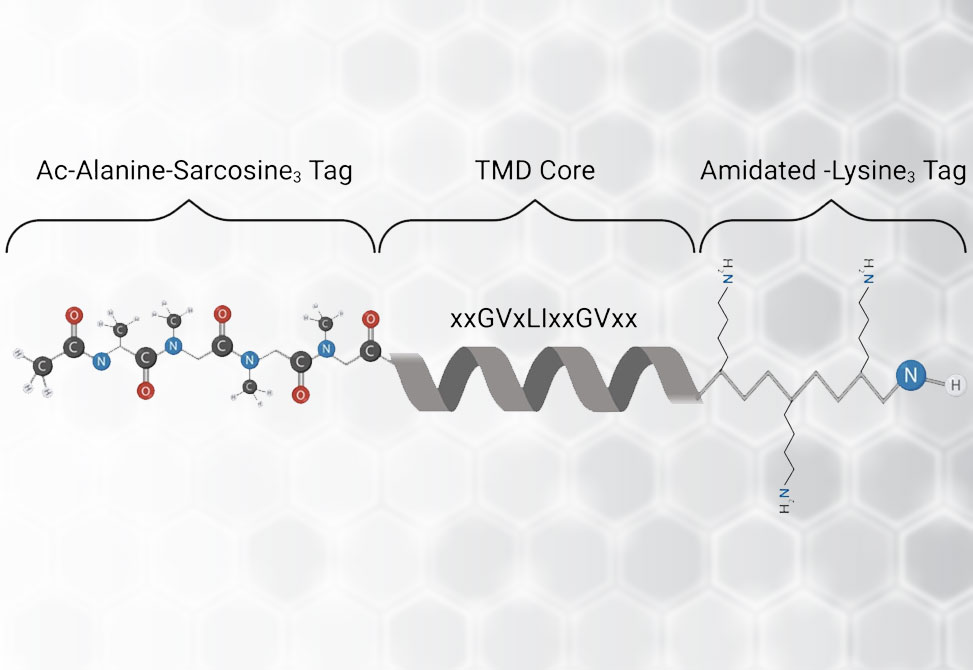
Reflecting recent work in the Deber lab
As an alternative approach to conventional antibiotics, members of the Charles Deber laboratory, published in Peptide Science, explore a novel...
Bicyclic Peptides

Reflecting recent work in the Nitsche lab
Bicyclic peptides have emerged as one of the driving forces within the constrained peptide family. Due to their unique pharmaceutical attributes...
Alzheimer’s Amyloid-β
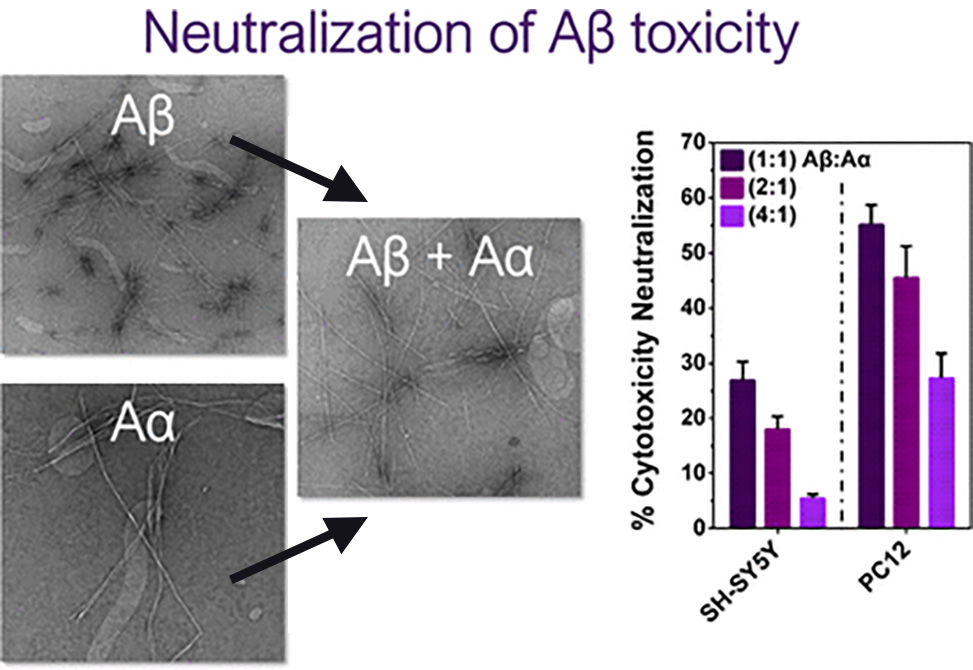
Reflecting recent work in the Raskatov lab
Amyloid aggregation is a key feature of Alzheimer's disease, AD, and a primary target for past and present therapeutic efforts. Recent research is making it increasingly clear...
Finding Pulmonary Fibrosis
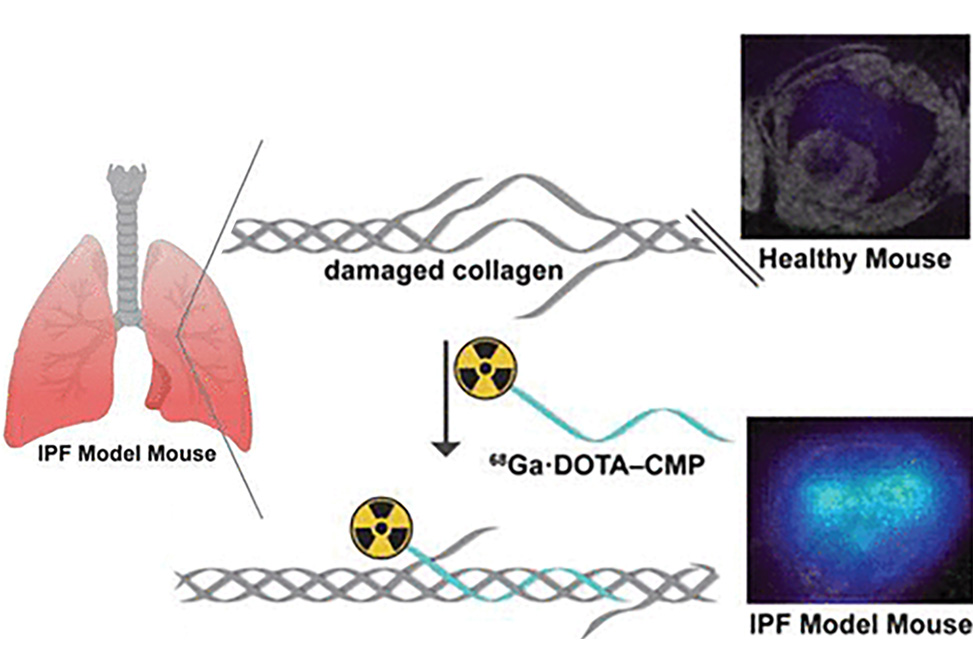
Reflecting recent work in the Raines lab
Idiopathic pulmonary fibrosis, IPF, is a disease of unknown etiology that is characterized by excessive deposition and abnormal remodeling of collagen...
α-Helical Peptides
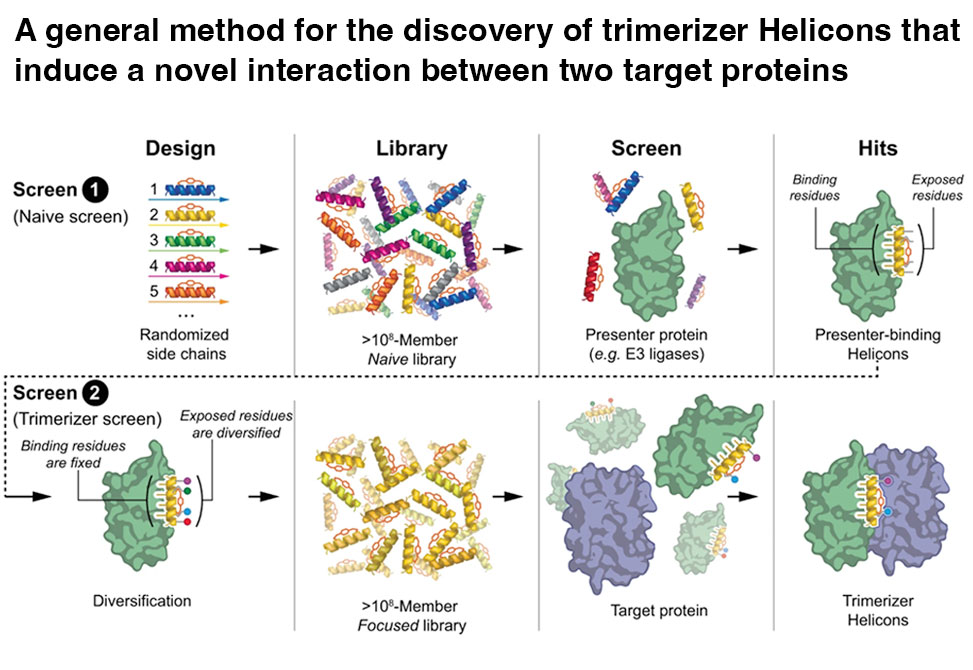
Reflecting recent work from FOG Pharmaceuticals
Molecules that induce novel interactions between proteins hold great promise for the study of biological systems and the development of therapeutics, but their discovery...
Reversible Covalent Warheads

Reflecting recent work in the Gao lab
Falling in between traditional small molecules and antibodies in size, peptides are emerging as a privileged therapeutic modality, one that can harness...
Max Phosphorylation
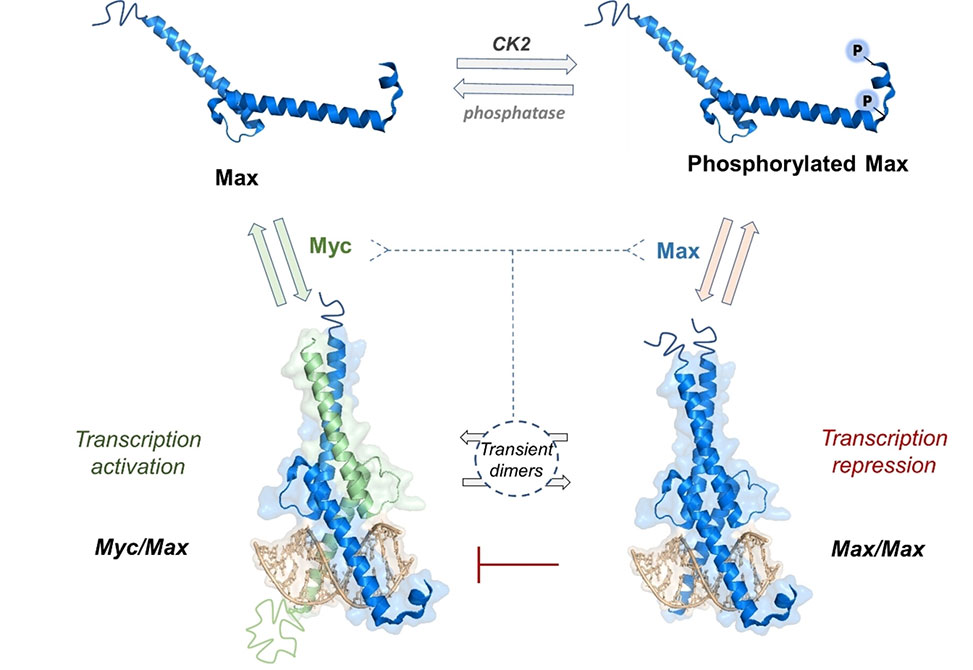
Reflecting recent work in the Jbara lab
The chemical synthesis of site-specifically modified transcription factors, TFs, is a powerful method to investigate how post-translational modifications influence TF-DNA...
Mechanistic Studies of CyClick Chemistry
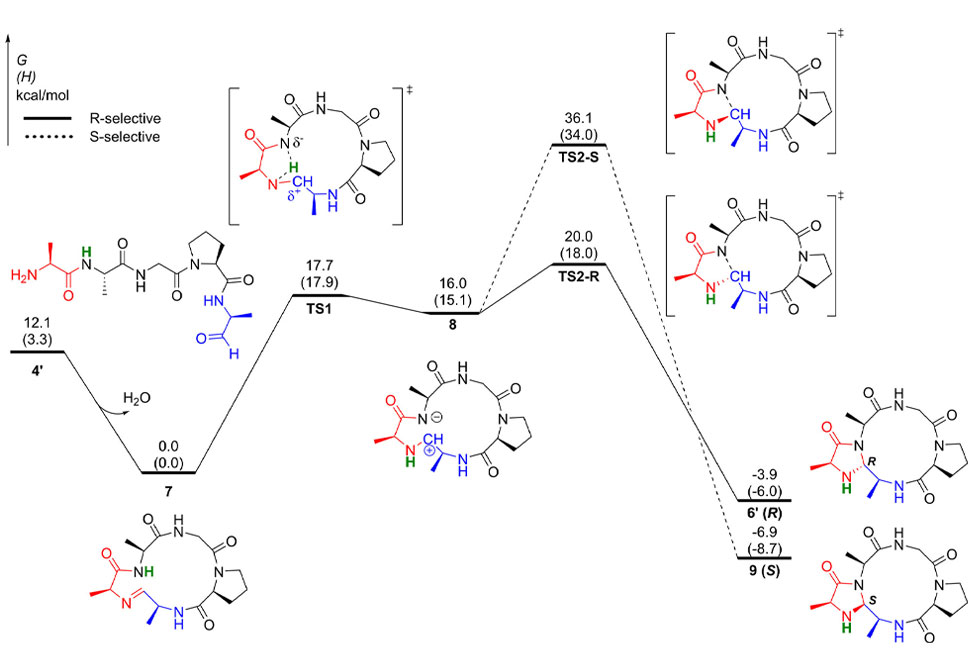
Reflecting recent work in the Raj and Houk labs
Macrocyclic peptides have become increasingly important in the pharmaceutical industry. In collaborative work between the groups of Kendall N. Houk and Monika Raj, published in...
Cytosolic Delivery of Functional Cargoes
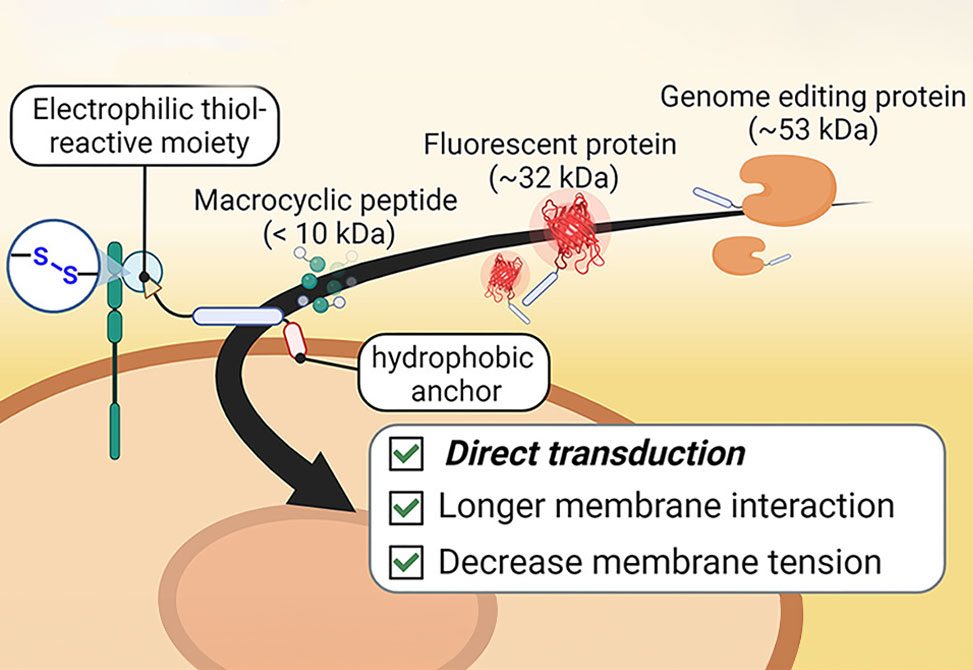
Reflecting recent work in the Hackenberger lab
In research published in JACS, members of the Hackenberger Group, describe a powerful, simple, and highly effective strategy for the intracellular delivery...
SPAAC Reactions

Reflecting recent work in the Schneider lab
Joel P. Schneider, Yixin Xie, and Tania L. Lopez-Silva at the National Cancer Institute, report a new positively charged azidoamino acid for strain-promoted azide–alkyne cycloaddition...
Pargamicin A
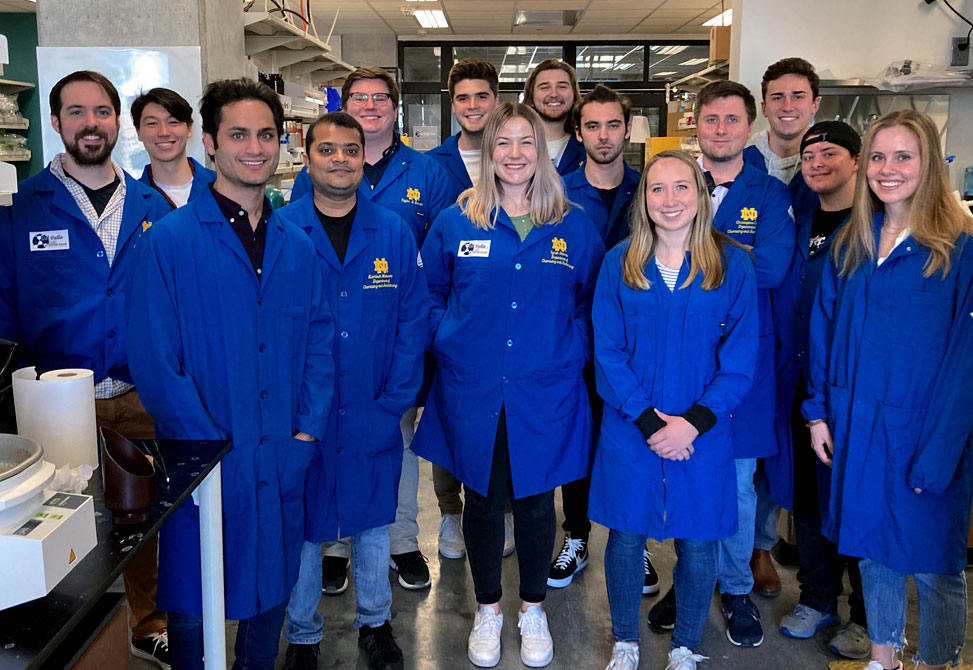
Reflecting recent work in the Del Valle lab
Researchers in the Del Valle Group, published in Organic Letters, report the total synthesis and configurational assignment of pargamicin A, a highly oxidized nonribosomal peptide...
Glycan Biology

Reflecting recent work in the Imperiali lab
Glycan-binding proteins, GBPs, are widely used reagents for basic research and clinical applications. These reagents allow for the identification and manipulation of glycan determinants...
Anticancer Protein

Reflecting recent work in the Bagheri lab
Cancer is one of the leading causes of mortality in the world. Unfortunately, the present anticancer chemotherapeutics display high cytotoxicity...
Peptides and Proteins

Reflecting recent work in the Raines lab
Transforming growth factor-β (TGF-β) plays important roles in wound healing. The activity of TGF-β is initiated upon the binding of the growth factor...
PKC Disruptors
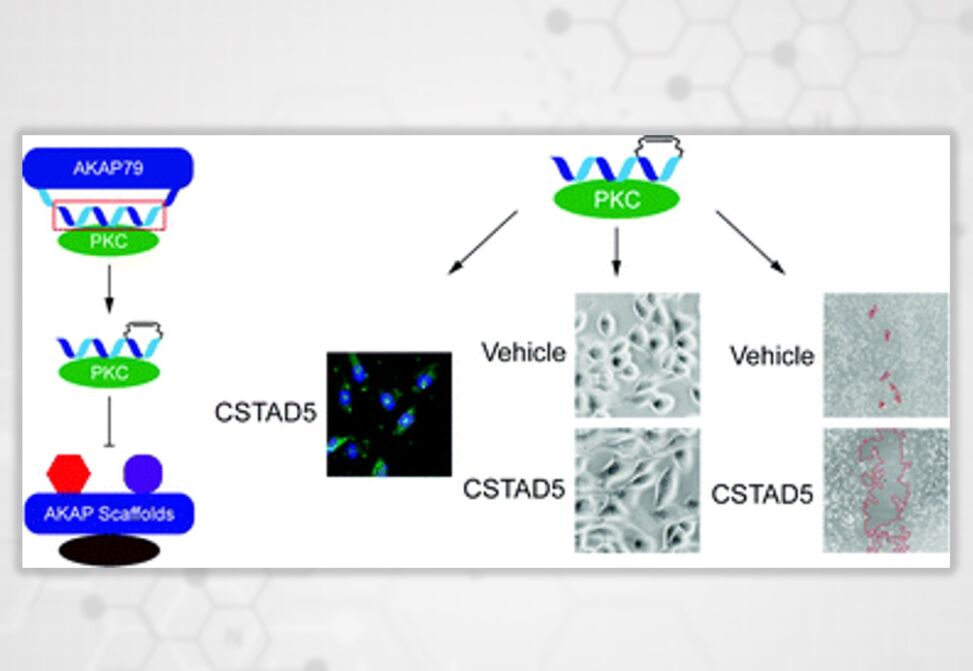
Reflecting recent work in the Kennedy lab
Protein Kinase C (PKC) is a member of the AGC subfamily of kinases and regulates a wide array of signaling pathways and physiological processes...
“Imprint-and-Report” DCLs

Reflecting recent work in the Waters lab
Sensor arrays using synthetic receptors have found great utility in analyte detection, resulting from their ability to distinguish analytes based on differential signals via...
Antibacterial Hydrogels

Reflecting recent work in the Schneider lab
Herein, it is demonstrated that a peptide derived from mussel foot protein-5, a key protein in mussel adhesion, displays antibacterial properties, a yet unreported...
Protein Interactions

Reflecting recent work in the Pikaard lab
In plants, transcription of selfish genetic elements such as transposons and DNA viruses is suppressed by RNA-directed DNA methylation...
Ion Channels
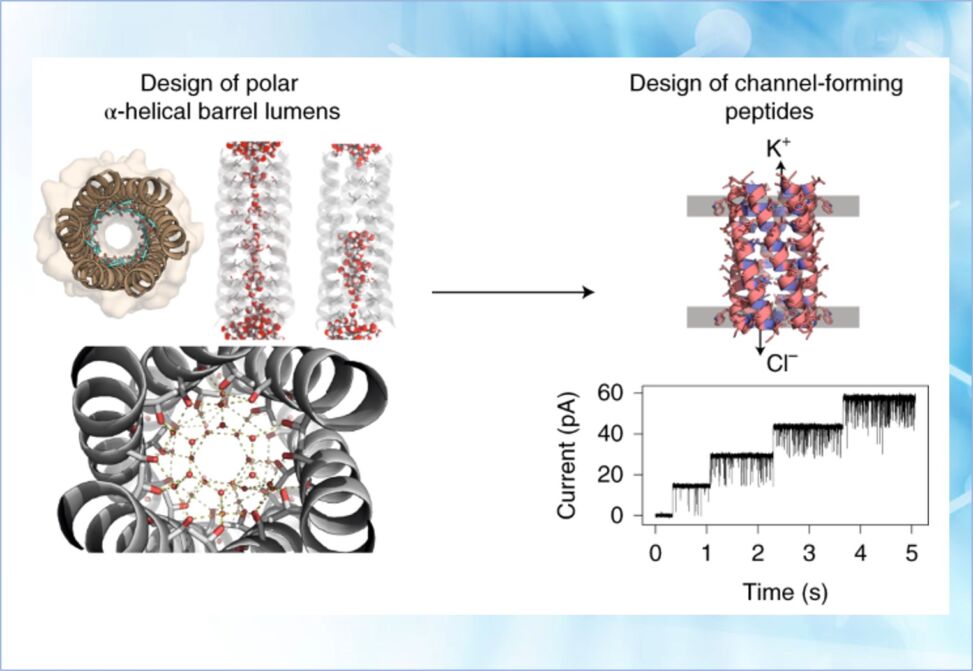
Reflecting recent work in the Woolfson lab
The design of peptides that assemble in membranes to form functional ion channels is challenging. Specifically, hydrophobic interactions must be...
B-cell Epitope
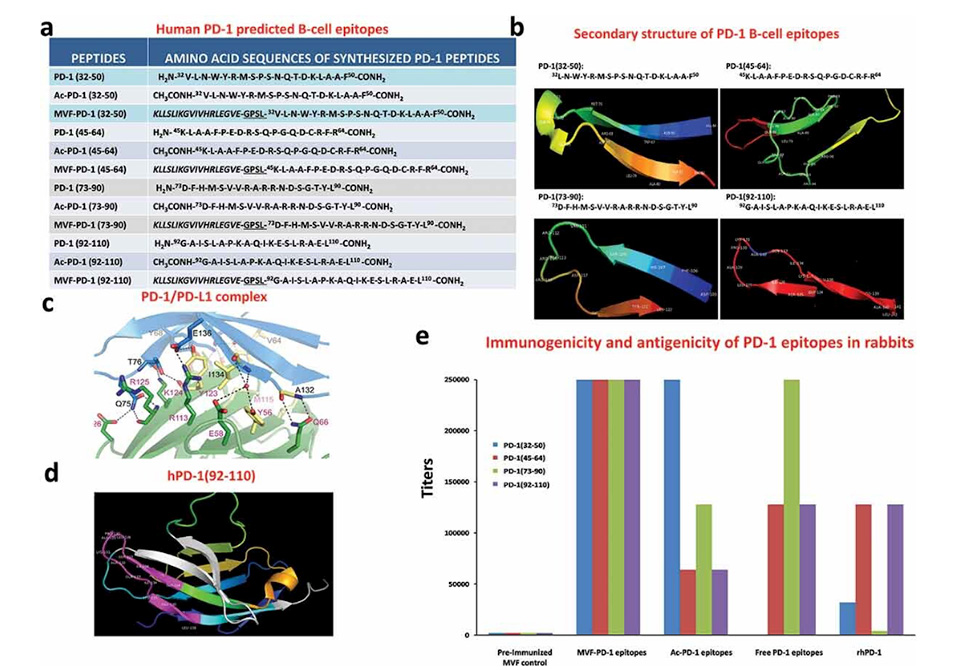
Reflecting recent work in the Kaumaya lab
Herein, researchers in the Kaumaya lab describe a novel PD-1 B-cell peptide epitope vaccine (amino acid 92–110; PD1-Vaxx) linked to a measles virus fusion peptide...
Protein Synthesis

Reflecting recent work in the Premdjee lab
Chemical protein synthesis is a powerful avenue for accessing homogeneously modified proteins, but access to large targets has proved challenging...
Peptide Libraries

Reflecting recent work in the Derda lab
Herein is described a divergent late-stage approach to generating macrocyclic peptide libraries with unnatural pharmacophores from readily available starting material...
Stapled Peptides

Reflecting recent work in the Han lab
Diabetes is characterized by pancreas dysfunction and is commonly associated with obesity. Hypoglycemic agents capable of improving β-cell function...
Protein-Protein Interactions

Reflecting recent work in the Pomerantz lab
Herein is reported the first application of protein-observed fluorine (PrOF) NMR to the tandem bromodomains of BRD4 and BRDT to quantify the selectivity of their...
Oxime Ligation

Reflecting recent work in the Burke lab
The current review will focus on the authors’ use of peptide ligation to optimize PPI antagonists directed against several targets...
Tyr-Lock Peptide

Reflecting recent work in the O'Keefe lab
High-throughput screening for inhibitors of TDP1 activity resulted in the discovery of a new class of knotted cyclic peptides...
Peptidomimetic Uptake

Reflecting recent work in the Arora lab
Researchers in the Arora Lab observed that the cellular uptake of peptides is critically determined by the cell line-specifically, they noted that peptides show better uptake...
Antimicrobial Synergy

Reflecting recent work in the Raines lab
Authors Chelcie Eller and Ron Raines find that human LL-37 and human RNase 1 can act synergistically to kill Gram-negative bacterial cells...
Frog-skin Peptides

Reflecting recent work in the Craik lab
In this study, the researchers investigated naturally occurring peptides derived from frog skin secretions for selectivity and activity toward melanocortin receptors...
Flow SPPS

Reflecting recent work in the Hartrampf lab
Flow‐based approaches to solid phase peptide synthesis (SPPS) have been pursued since the method's early days, with anticipated gains in...
Targeting Malaria

Reflecting recent work in the Kennedy lab
Herein is a review of ongoing research aimed at developing constrained peptides targeting protein-protein interactions pertinent to malaria pathogenesis.
Disrupt Ubiquitination

Reflecting recent work in the Walensky lab
The ubiquitin–proteasome system (UPS) is a highly regulated protein disposal process critical to cell survival. Inhibiting the pathway induces proteotoxic stress and can be an effective cancer treatment.
Peptide Hydrogels

Reflecting recent work in the Schneider lab
Herein, a noninteracting multiphase molecular assembly approach is developed to crystallize tofacitinib, a potent JAK1/3 inhibitor, within a shearthinning self-assembled fibrillar peptide hydrogel network...
Antimicrobial Peptides

Reflecting recent work in the Church lab
Church et al. report a tunable chemical genetics approach for enhancing genetic code expansion in different wild-type bacterial strains..
Mapping SARS-CoV-2

Reflecting recent work in the Ng lab
Given the ongoing SARS-CoV-2 pandemic, identification of immunogenic targets against the coronavirus spike glycoprotein will provide crucial advances towards the development of diagnostic tools...
COVID-19 Therapeutics

Reflecting recent work in the Yousef lab
In this review, the researchers summarize peptide and peptide based therapeutics that target one main entry pathway of severe acute respiratory syndrome coronavirus 2 (SARS-CoV-2)...
Chemical Protein Synthesis

Reflecting recent work in the Mandal lab
Herein is reported an operationally simple method to facilitate chemical protein synthesis by fully convergent and one-pot native chemical ligations...
Targeting GPCRs

Reflecting recent work in the Davenport lab
This recently published review discusses the current status of the peptide drugs targeting G protein-coupled receptors (GPCRs), with a focus on evolving strategies...
Constrained Peptides
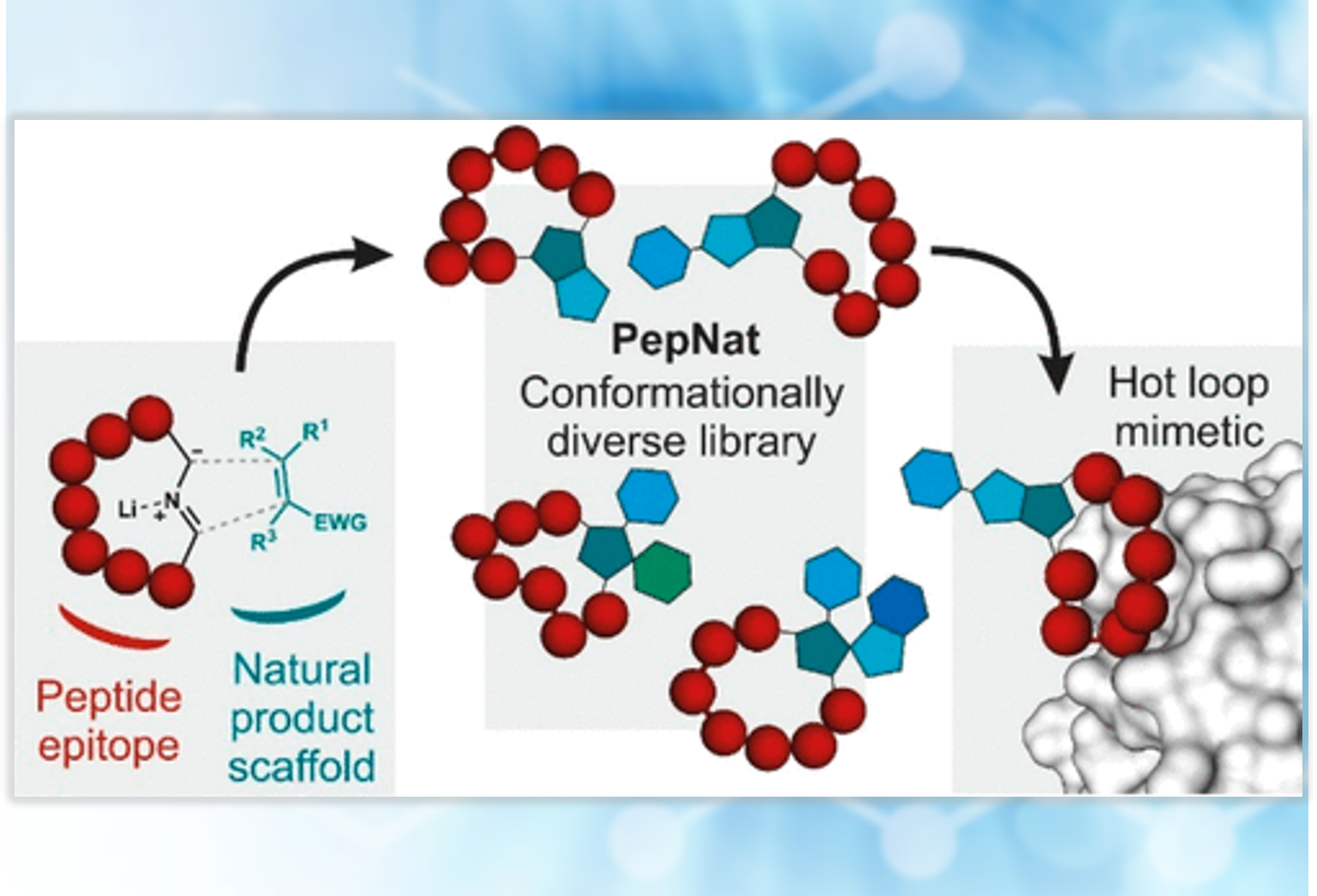
Reflecting recent work in the Waldmann lab
Guéret and colleagues describe a versatile method for inserting chiral motifs between the ends of omega loops. Peptides are synthesized using traditional SPPS...
Coupling Agent Hazards
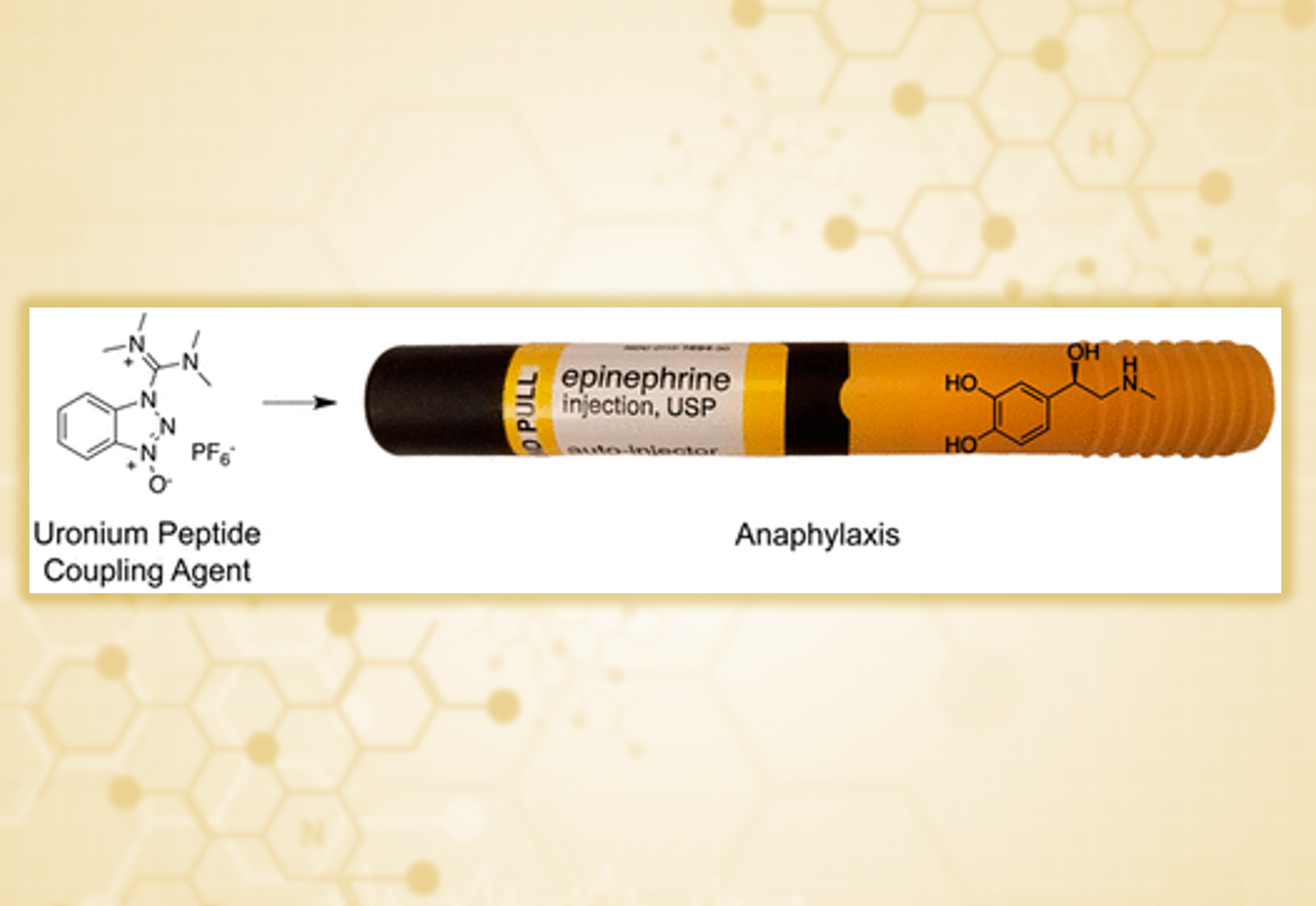
Reflecting recent work in the Nowick lab
This case study of anaphylaxis induced by three uronium coupling agents, HATU, HBTU, and HCTU, is a cautionary note for researchers who handle peptide coupling agents frequently...
Aqueous SPPS

Reflecting recent work in the Kolmar lab
The growing interest in synthetic peptides has prompted the development of viable methods for their sustainable production. Currently, large amounts of toxic solvents are required for peptide assembly...
Cyclotide Uptake

Reflecting recent work in the Wang lab
In this study, the recently developed chloroalkane penetration assay was combined with established assays to characterize the cellular uptake and cytosolic delivery of the prototypic cyclotide, kalata B1...
Peptide Self Assembly
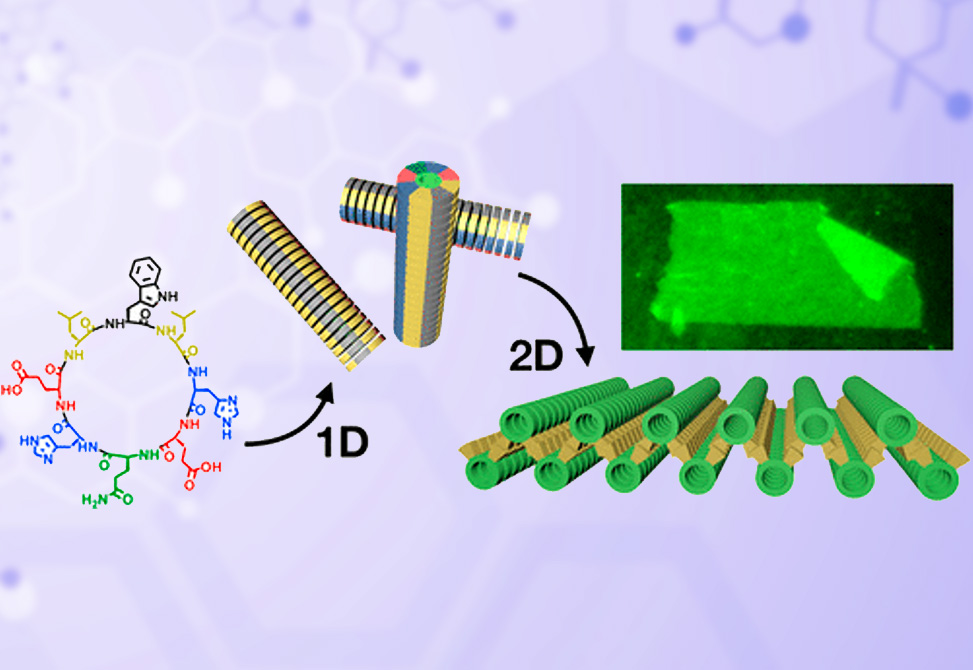
Reflecting recent work in the Montenegro lab
Despite recent developments in two-dimensional self-assembly, most supramolecular 2D materials are assembled by tedious methodologies, with complex surface chemistry and small sizes...
Peptide Mimics

Reflecting recent work in the Liu lab
Peptides have important biological functions. However, their susceptibility to proteolysis limits their applications...
Hydrophobic Moieties

Reflecting recent work in the Wennemers lab
Trans amide bonds and fast cis–trans isomerization of Xaa-Pro bonds are crucial for the stability and folding rate of collagen, the most abundant protein in mammals...
Platinum Nanoparticles

Reflecting recent work in the Wennemers lab
Hepatocellular carcinoma, HCC, is the sixth most frequent cancer and the second leading cause of death from cancer worldwide. Sorafenib is the most commonly used FDA‐approved systemic...
Octreotide Analogs

Reflecting recent work in the Papini lab
Somatostatin, SS, is a cyclic tetradecapeptide able to inhibit the release of growth hormone, GH, mainly through the binding to two G‐protein coupled...
Enzyme Sequestration
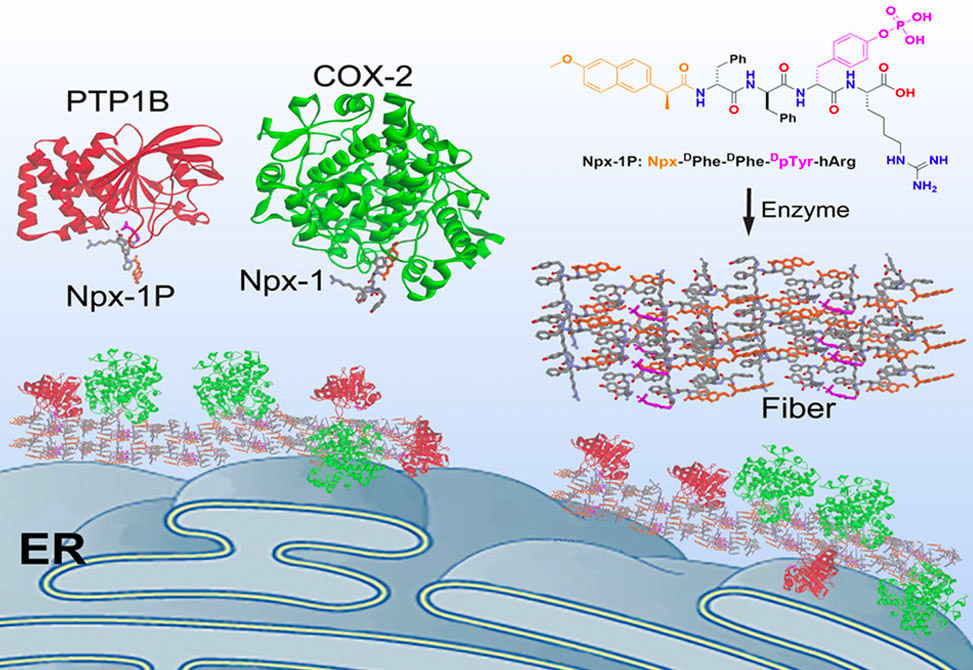
Reflecting recent work in the Xu lab
Liquid-like droplets of biomacromolecules are emerging as a fundamental mechanism of cellular signaling, but designing synthetic mimics to form such...


